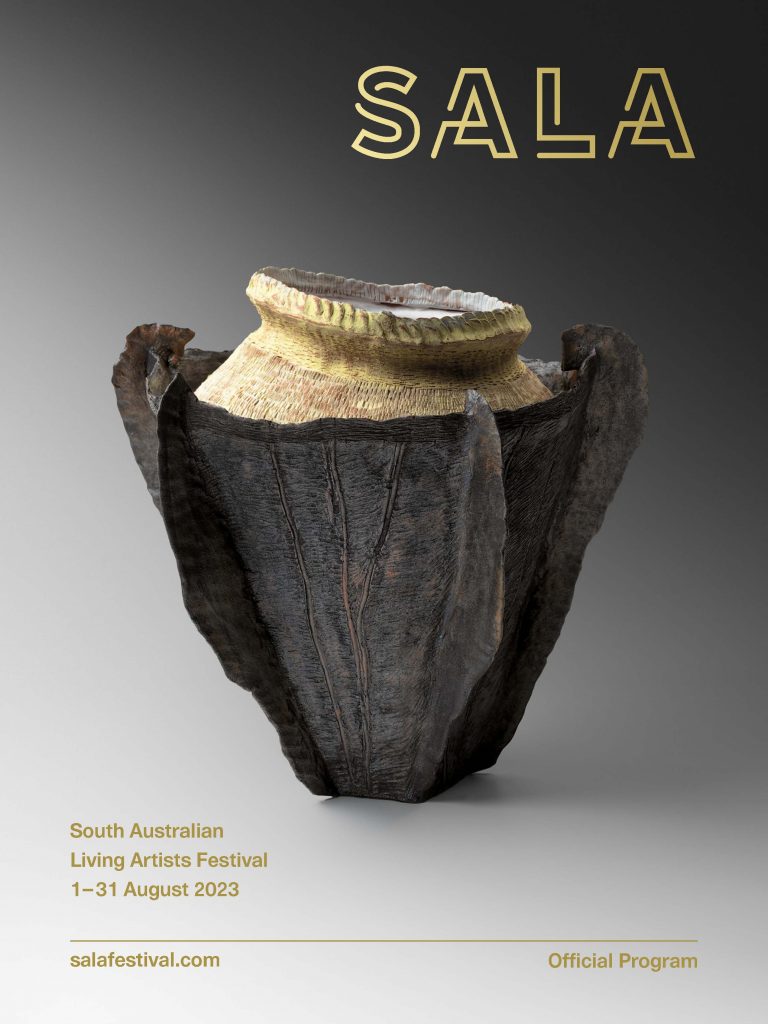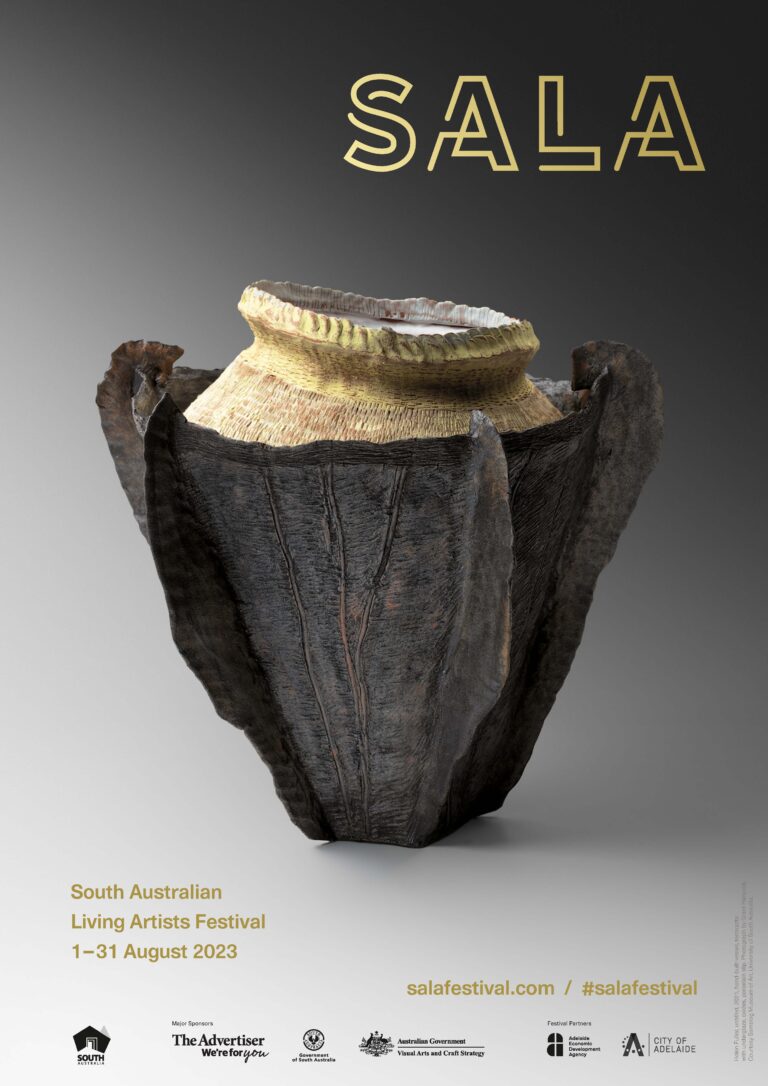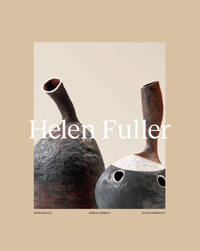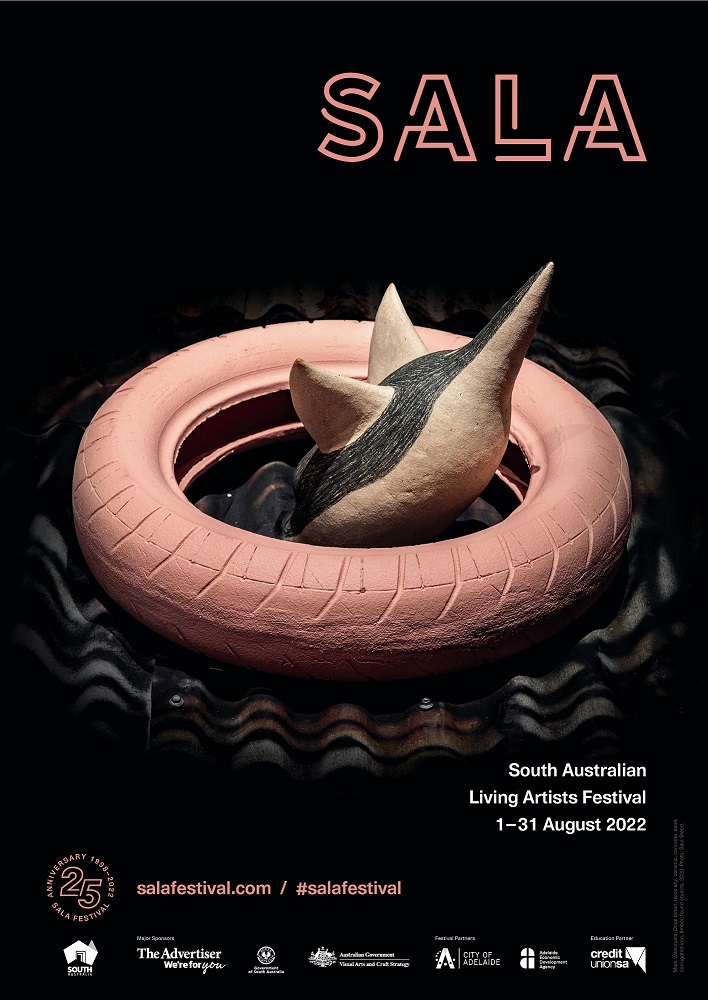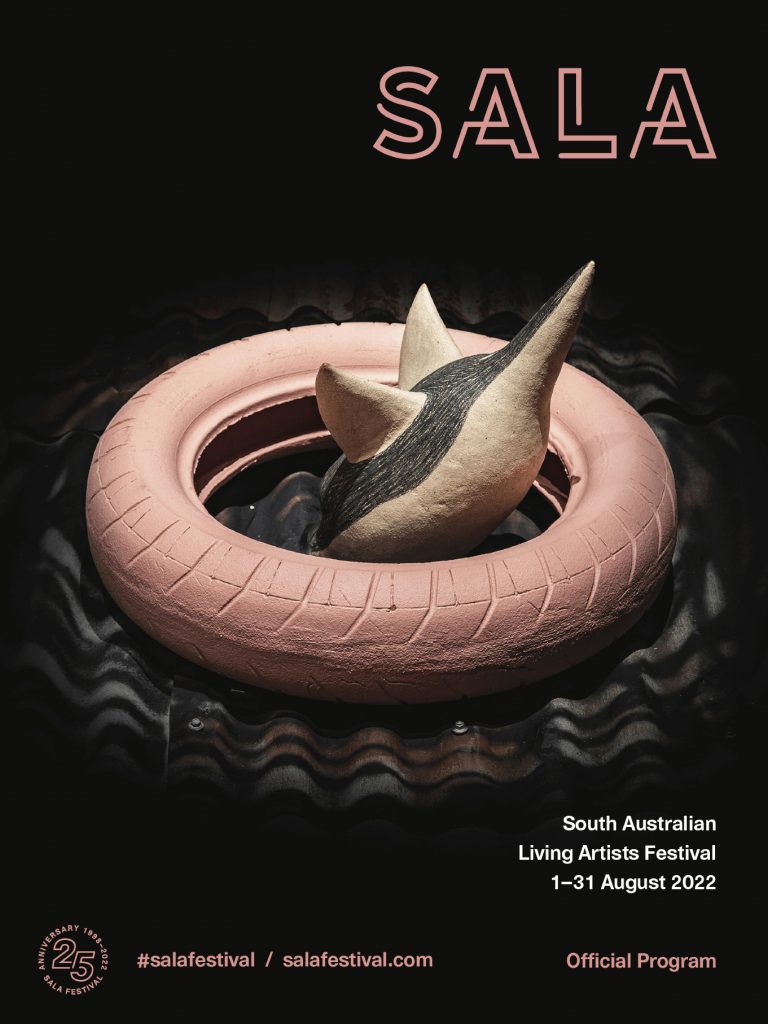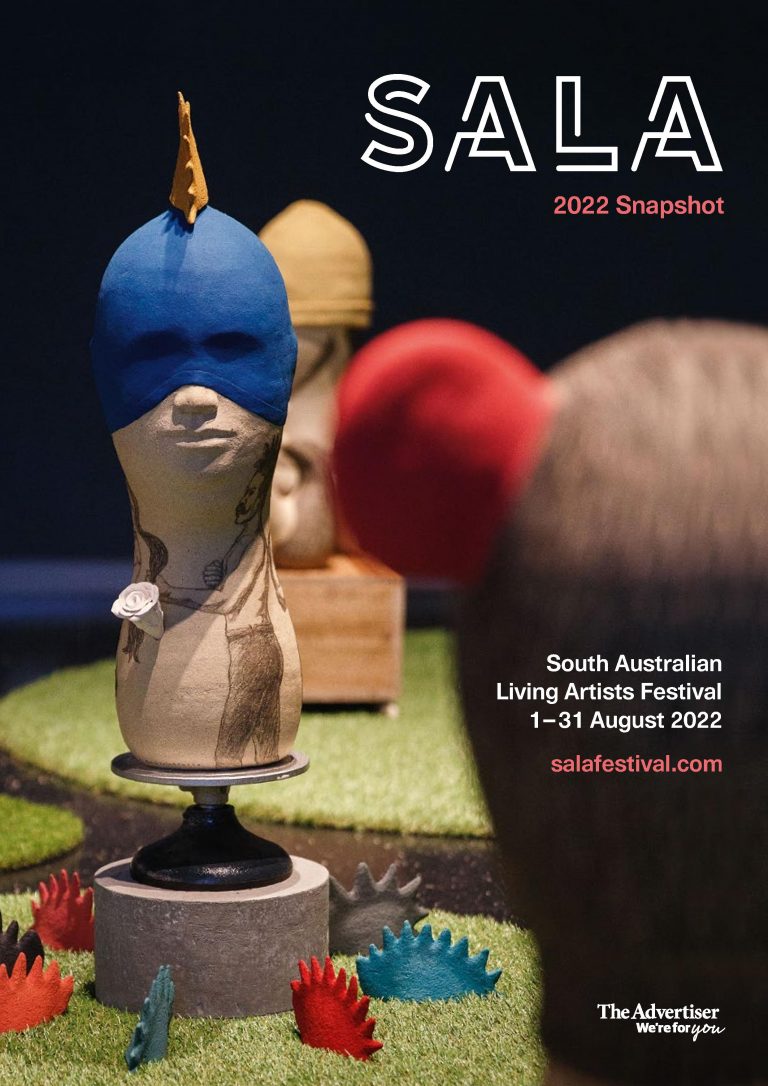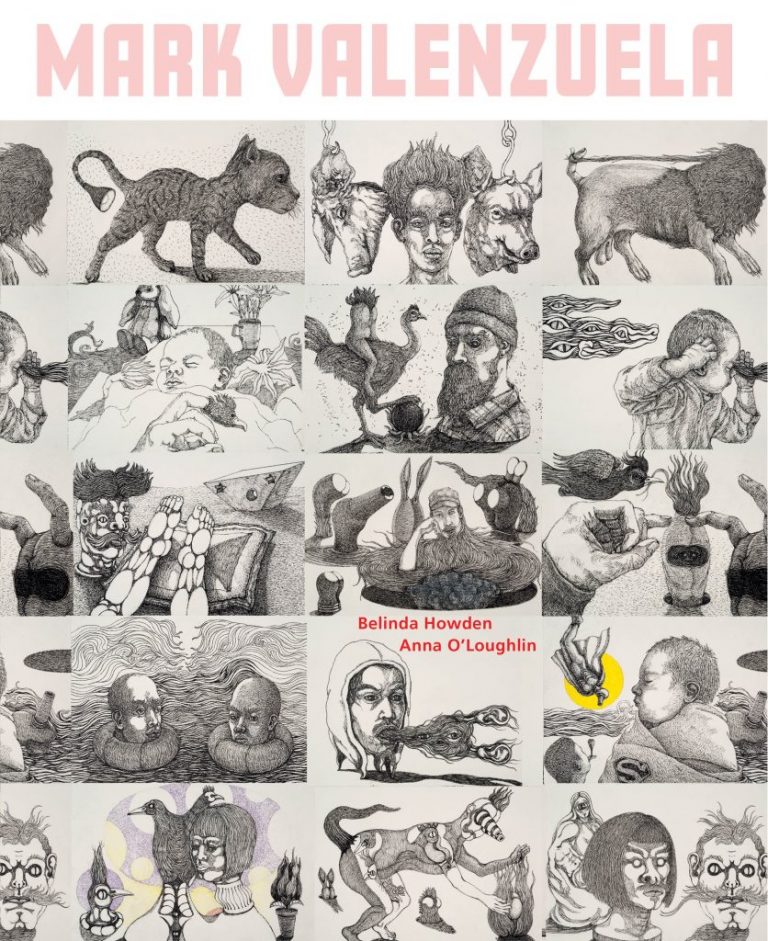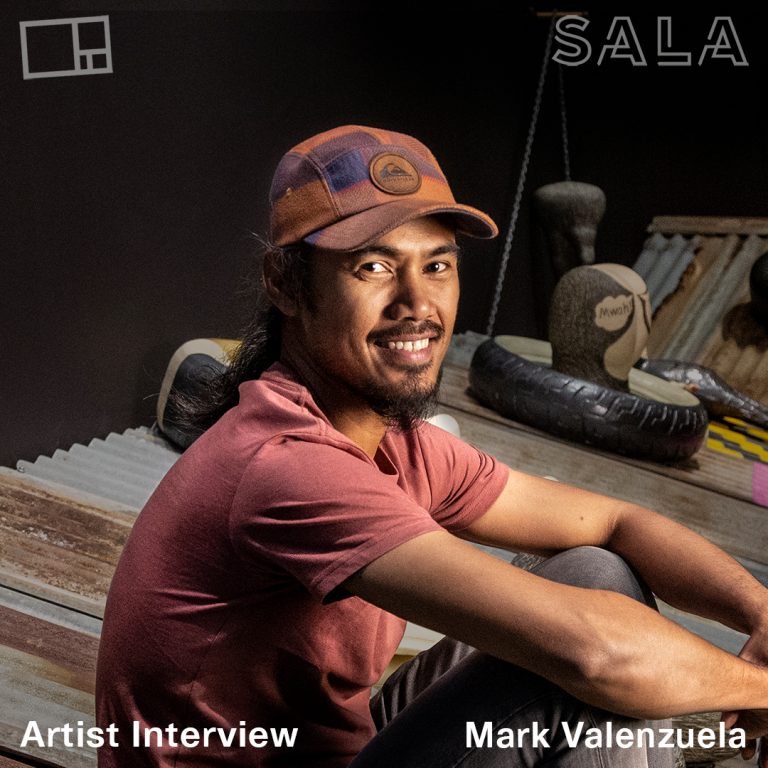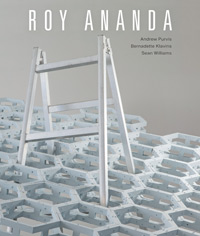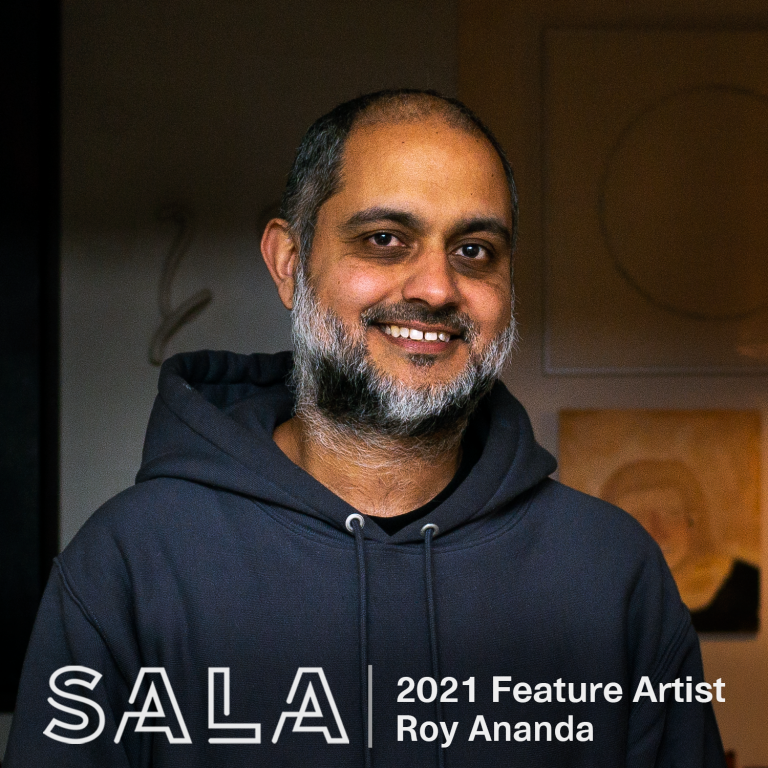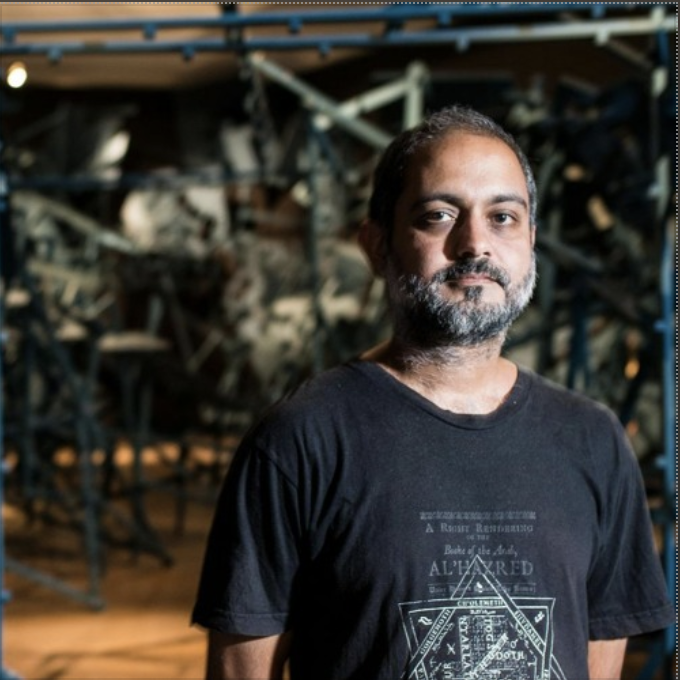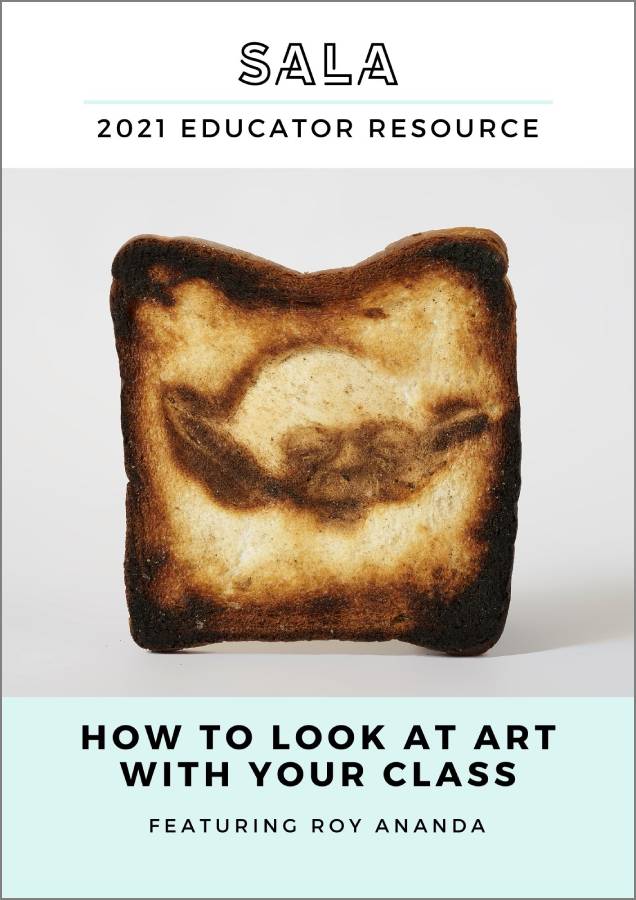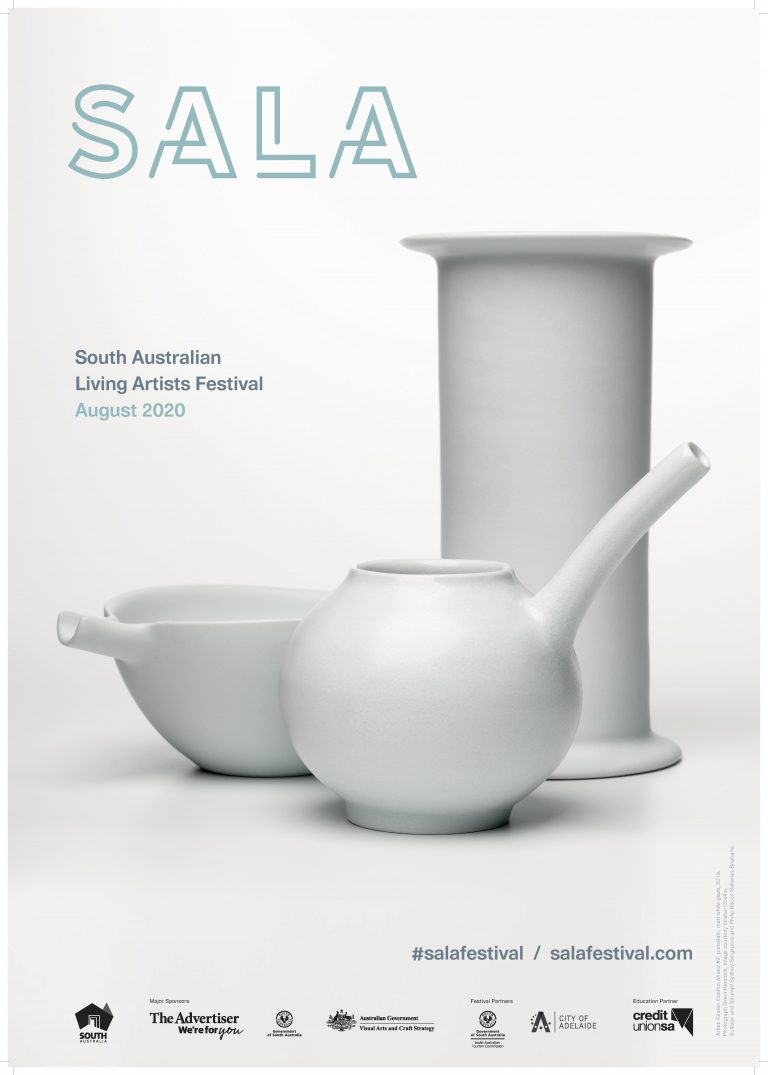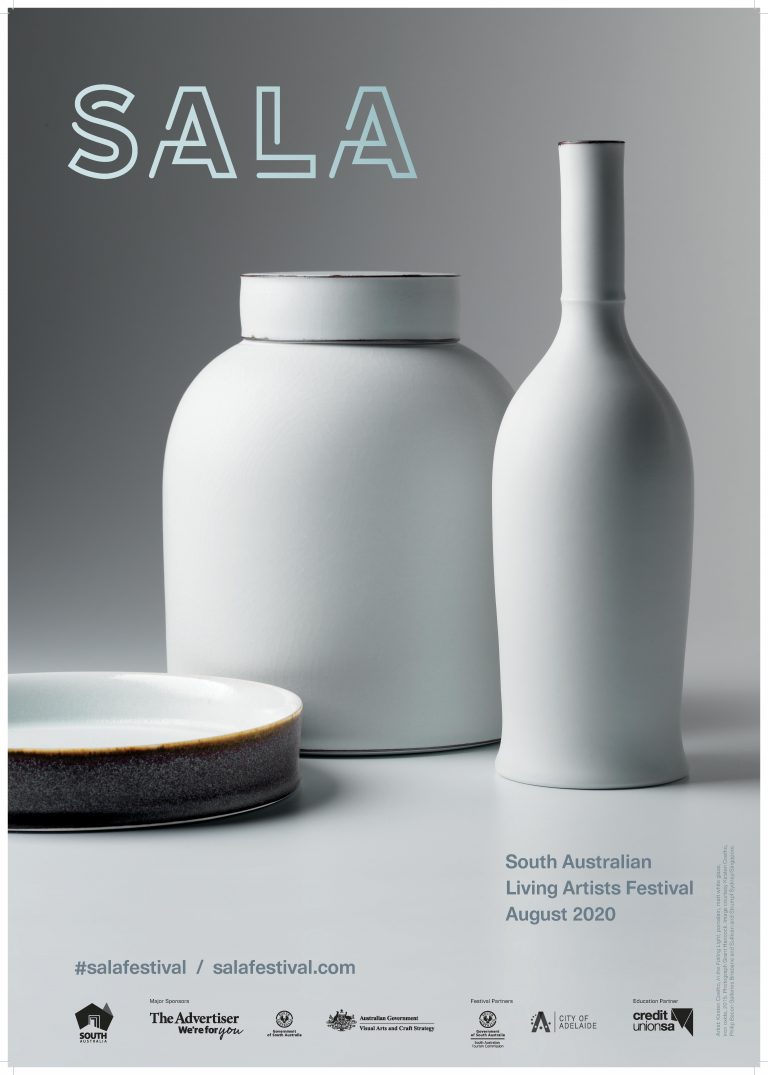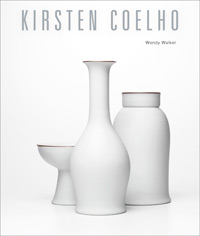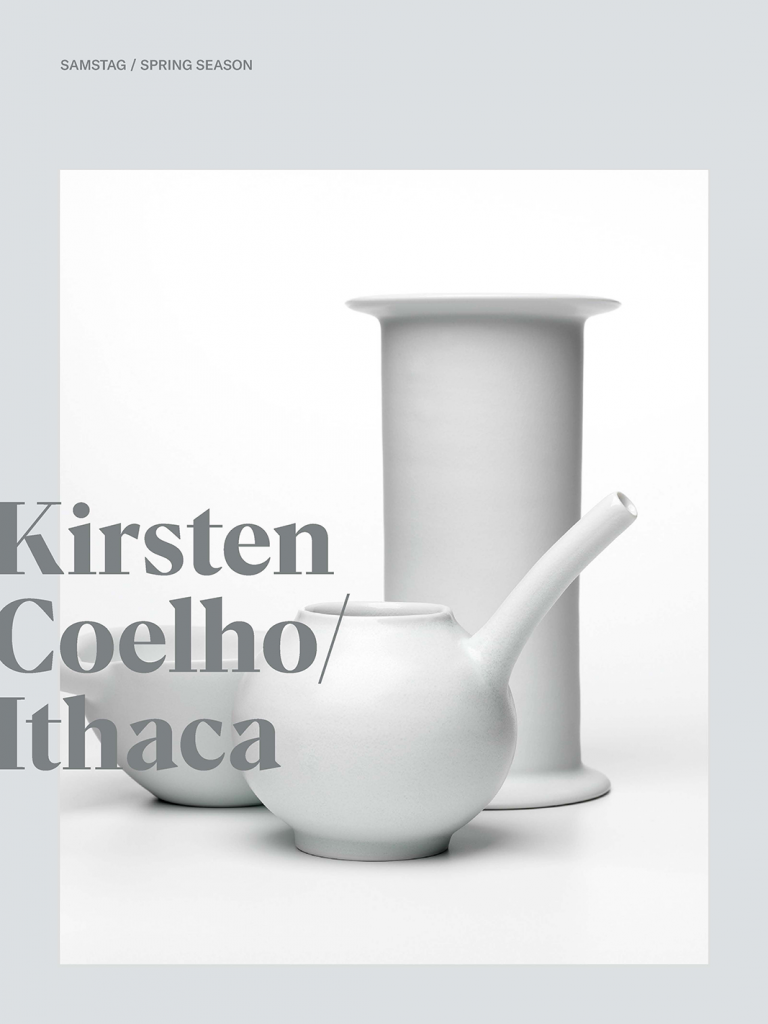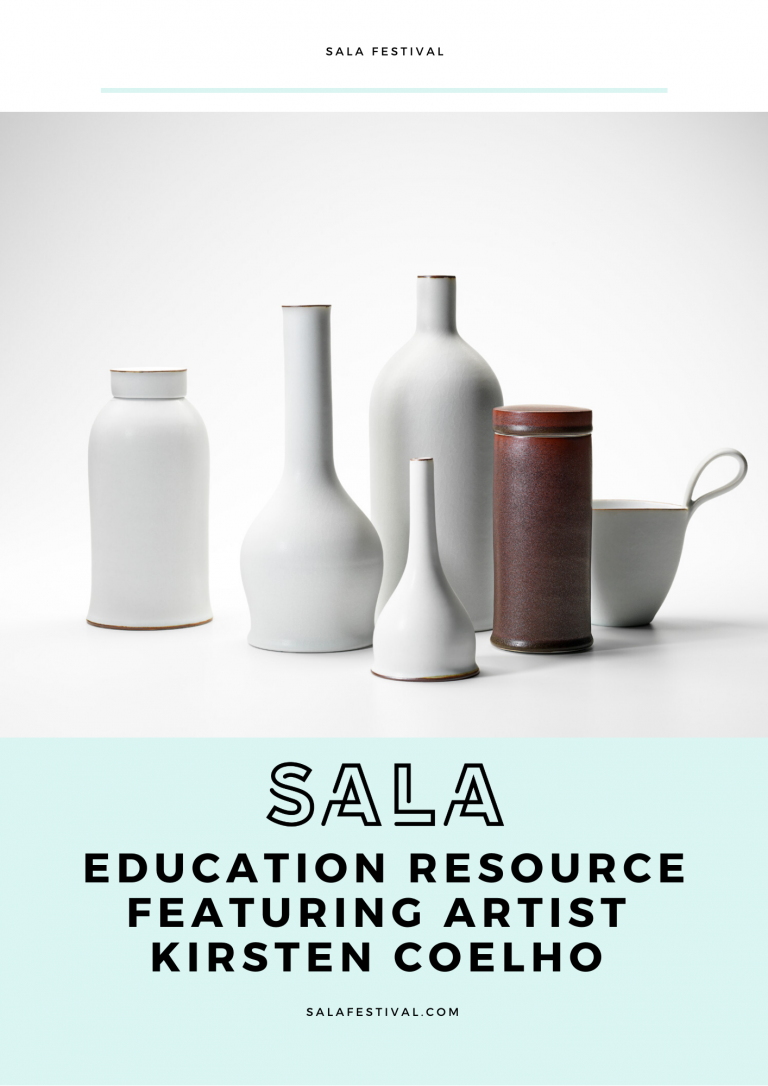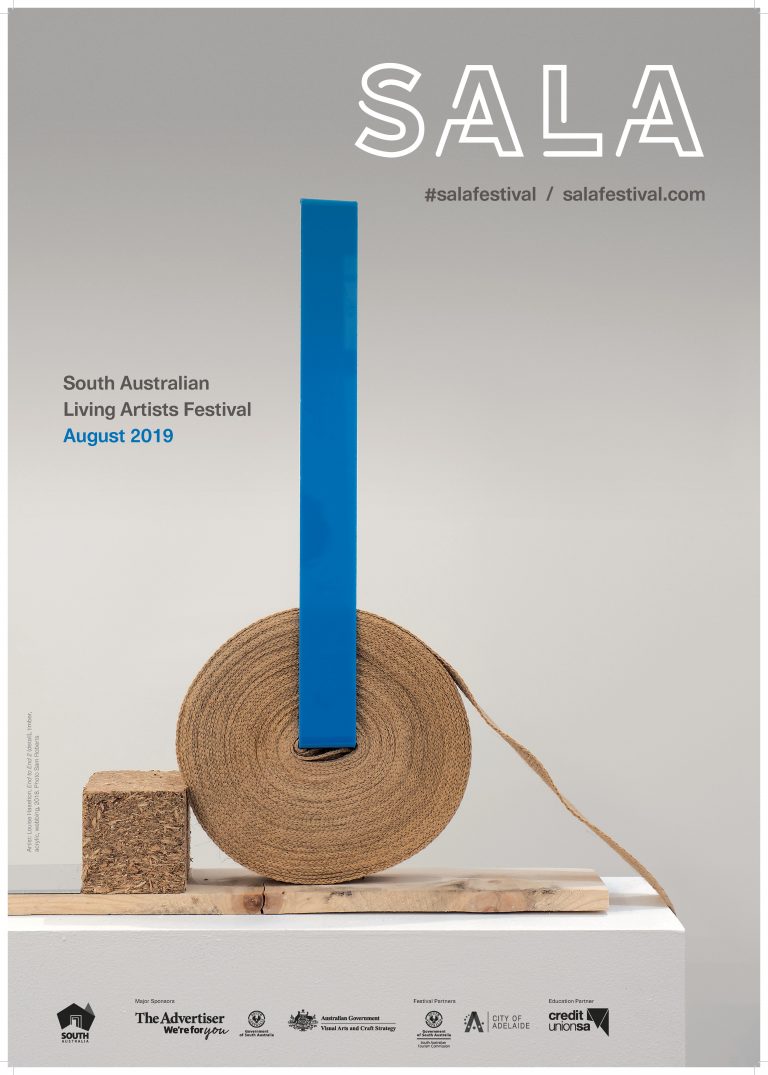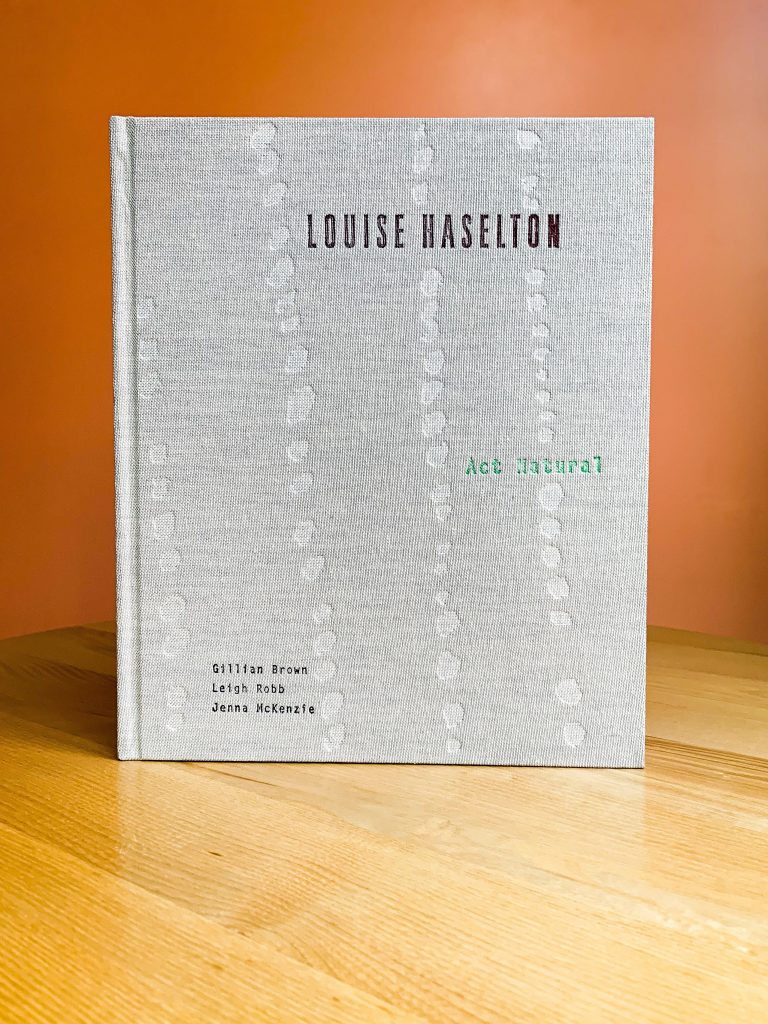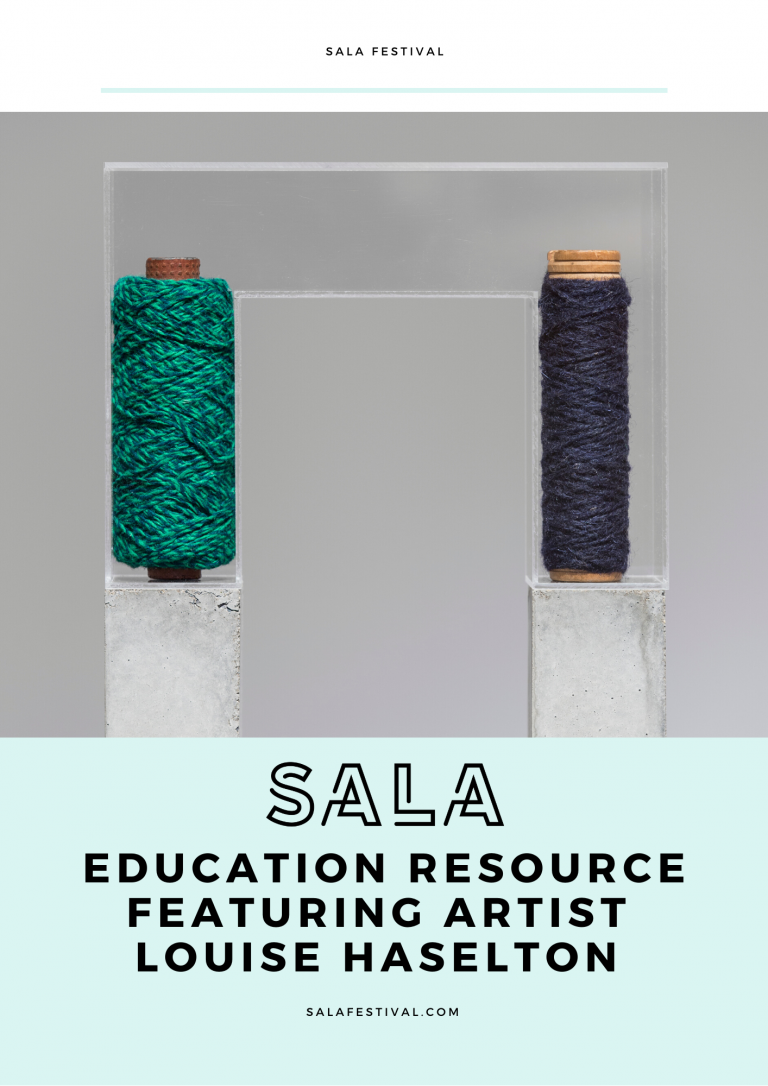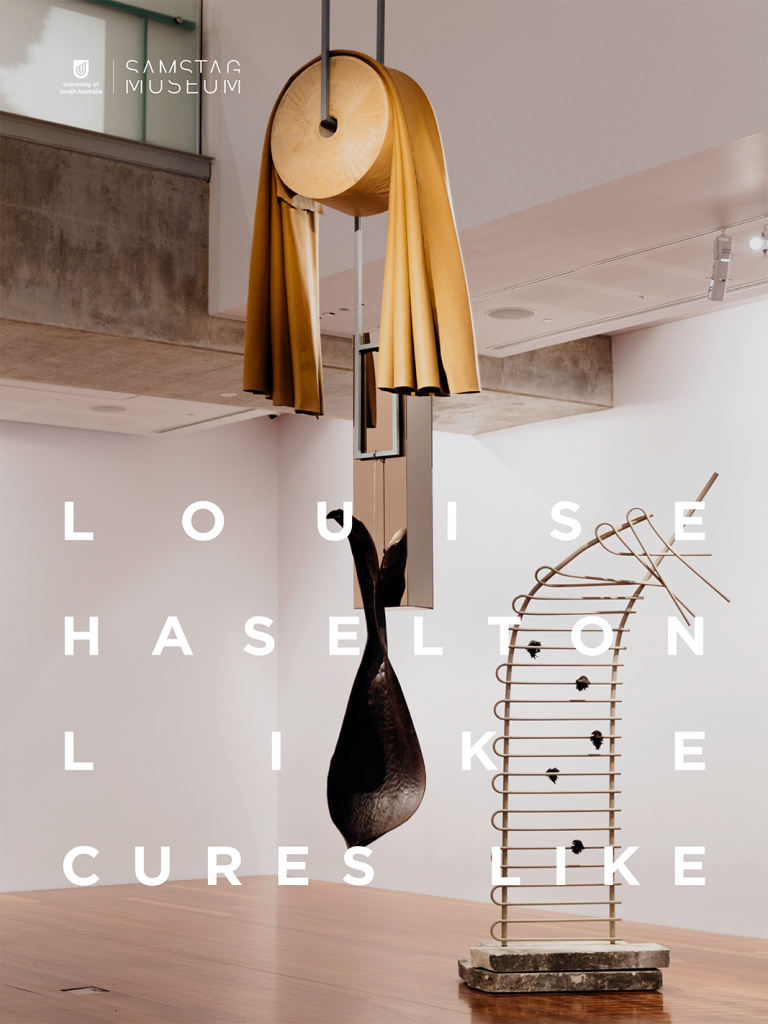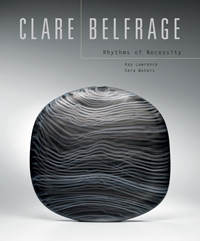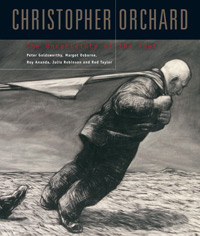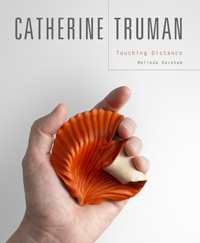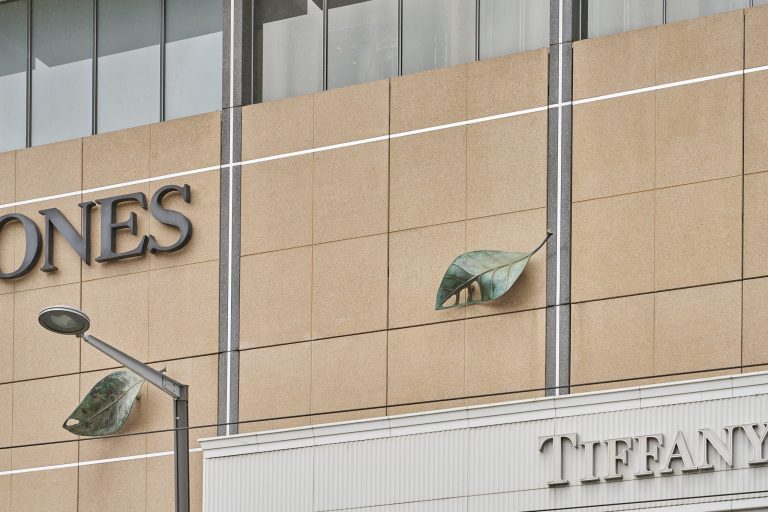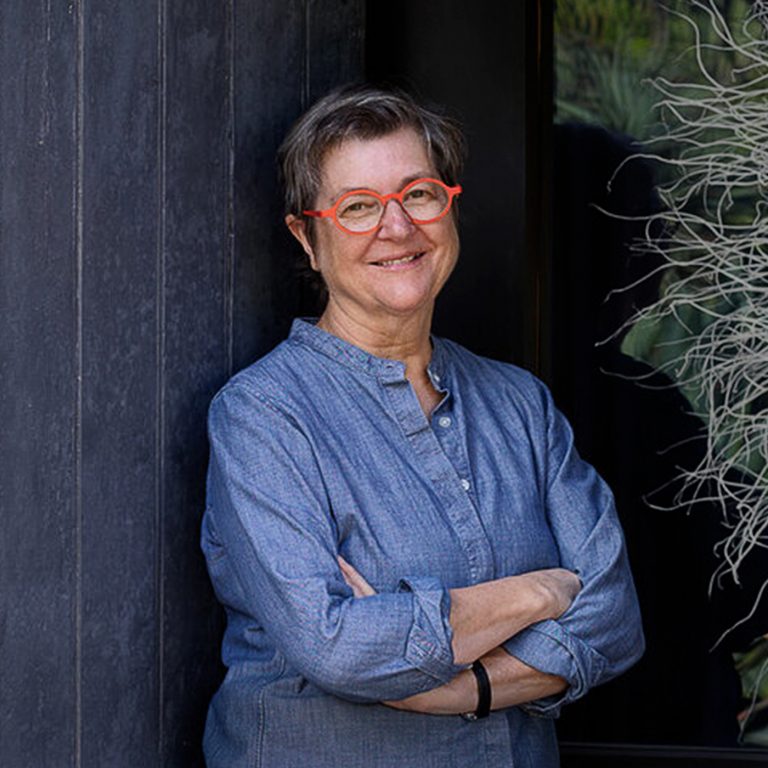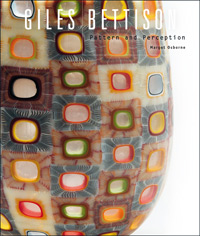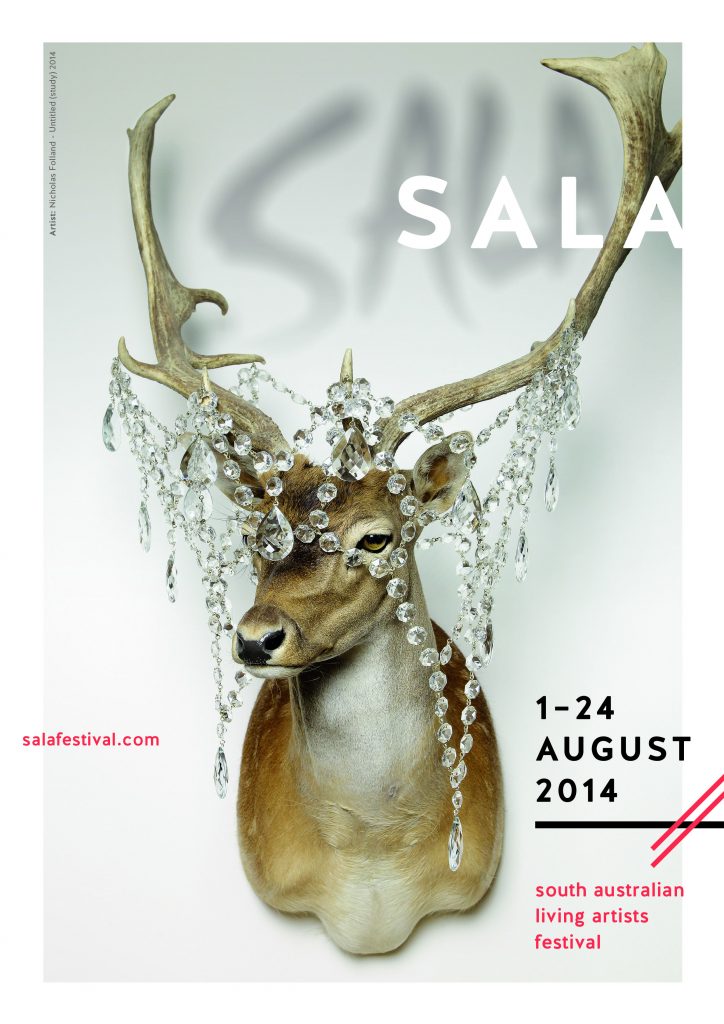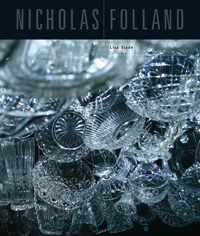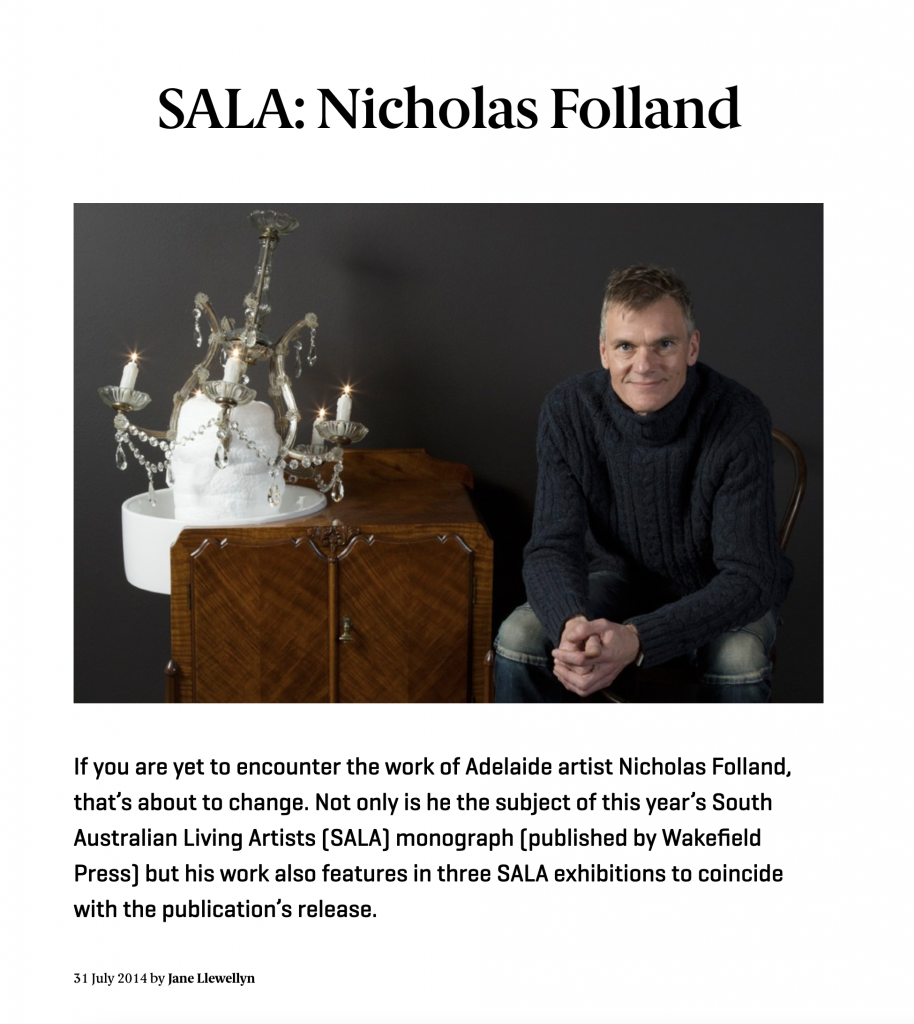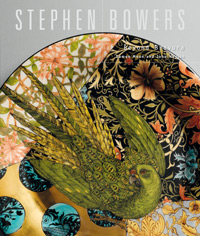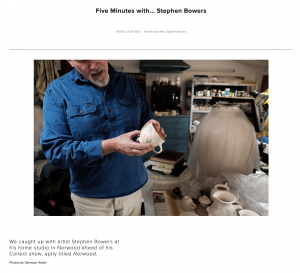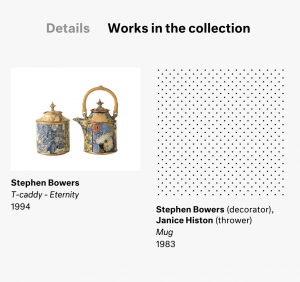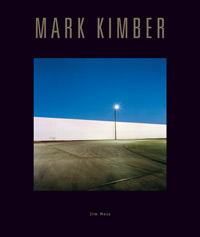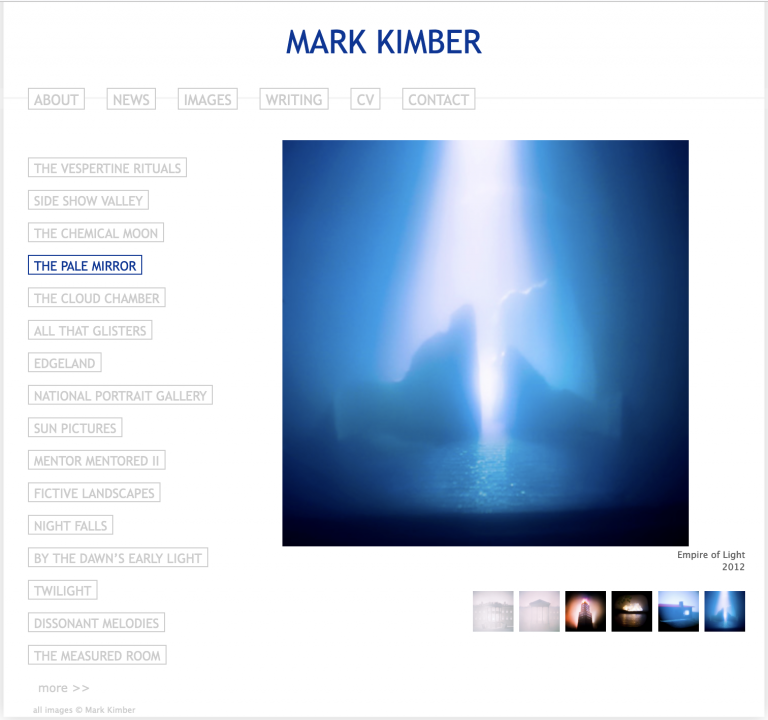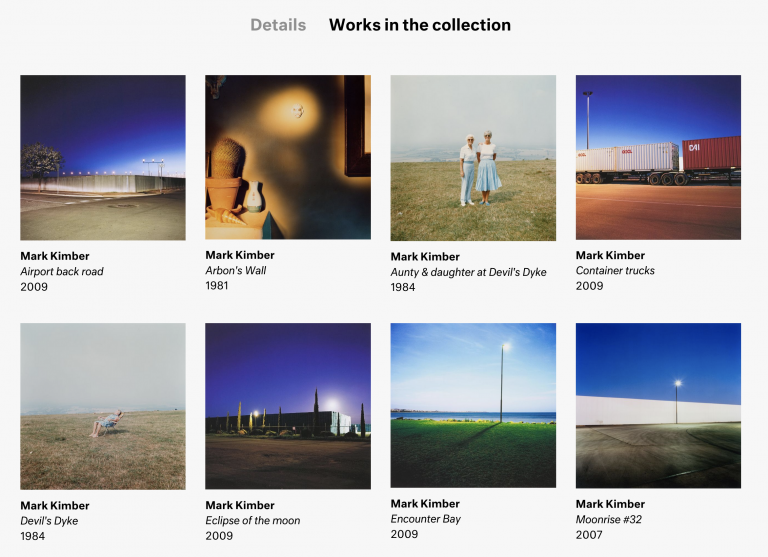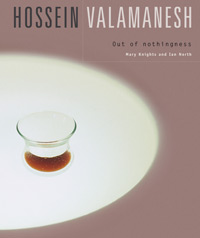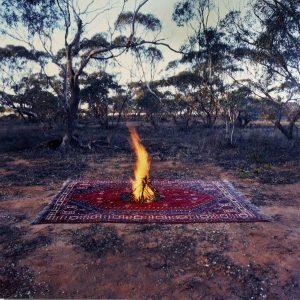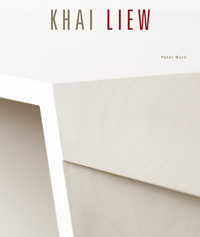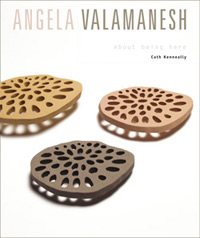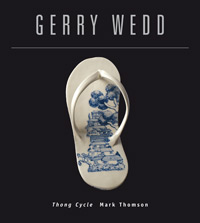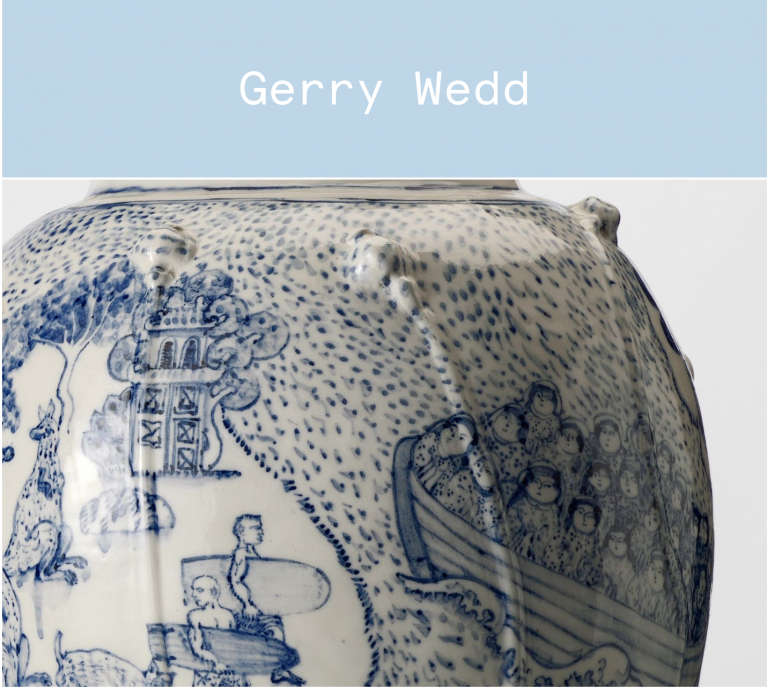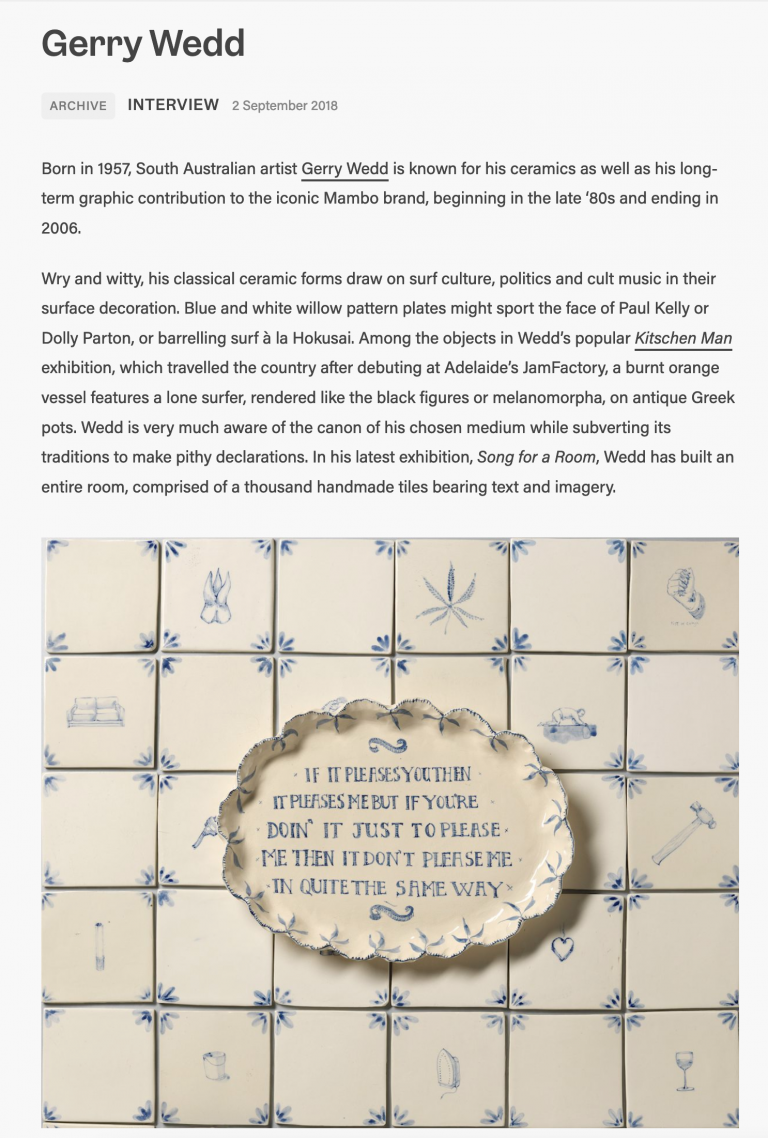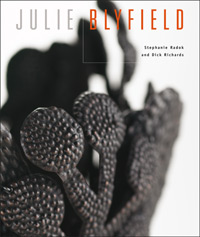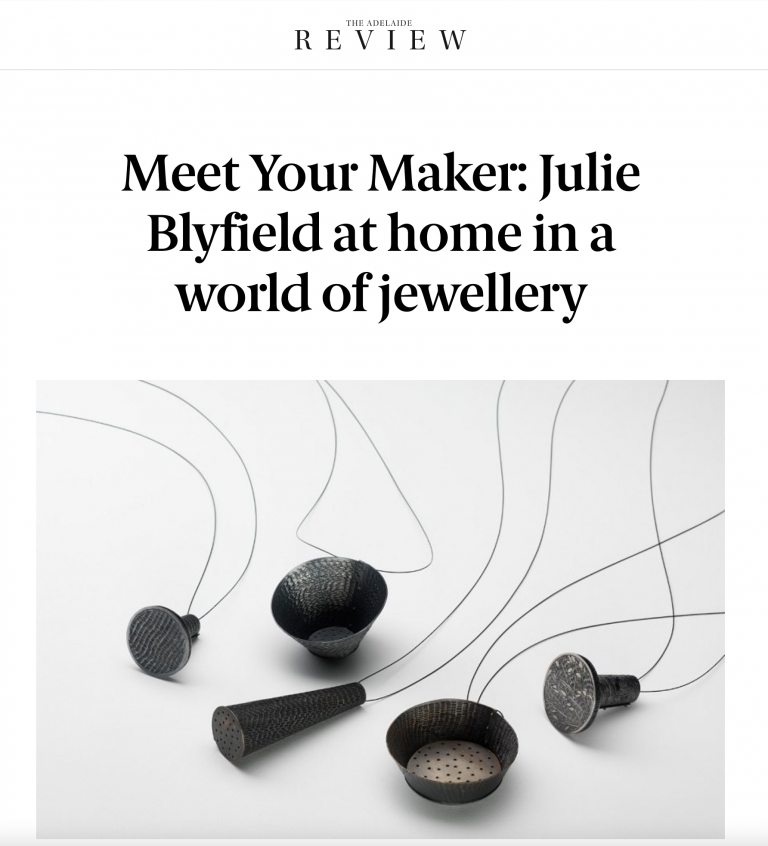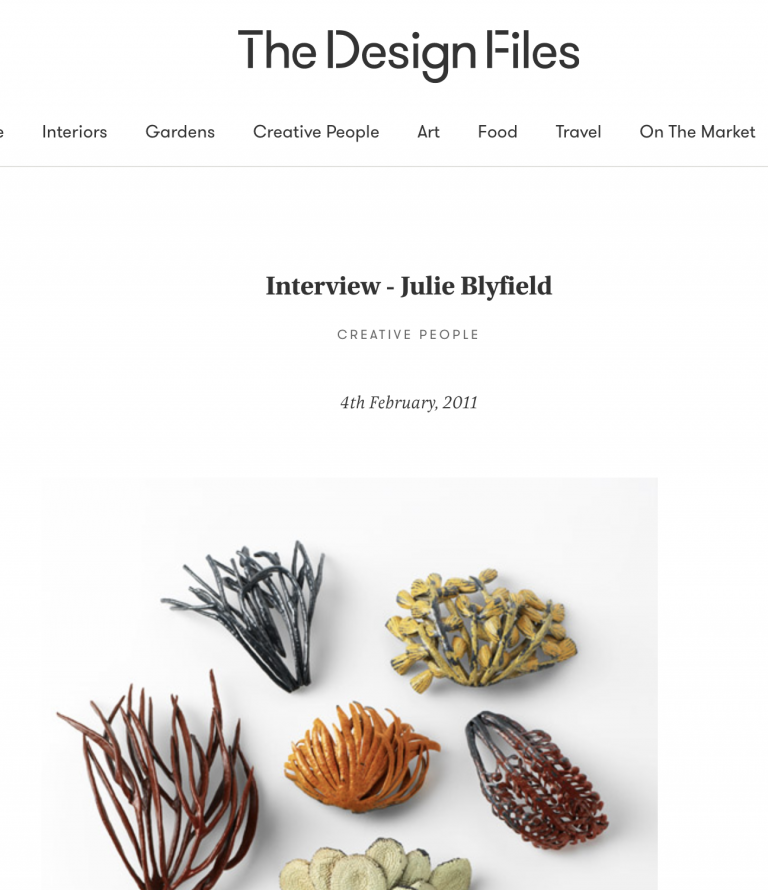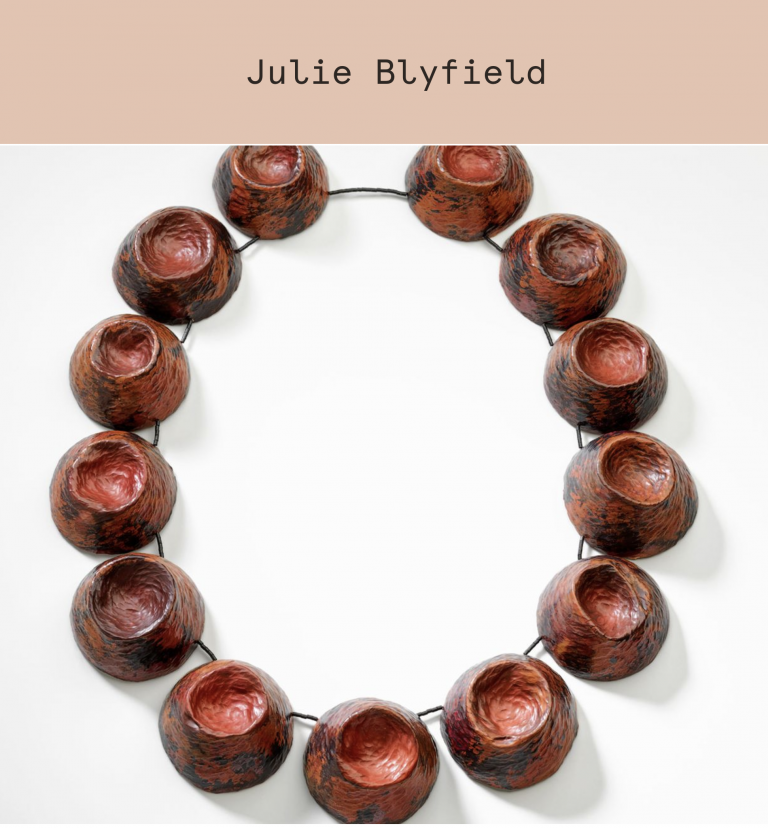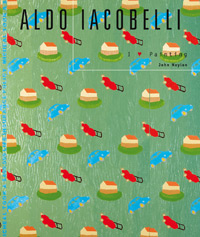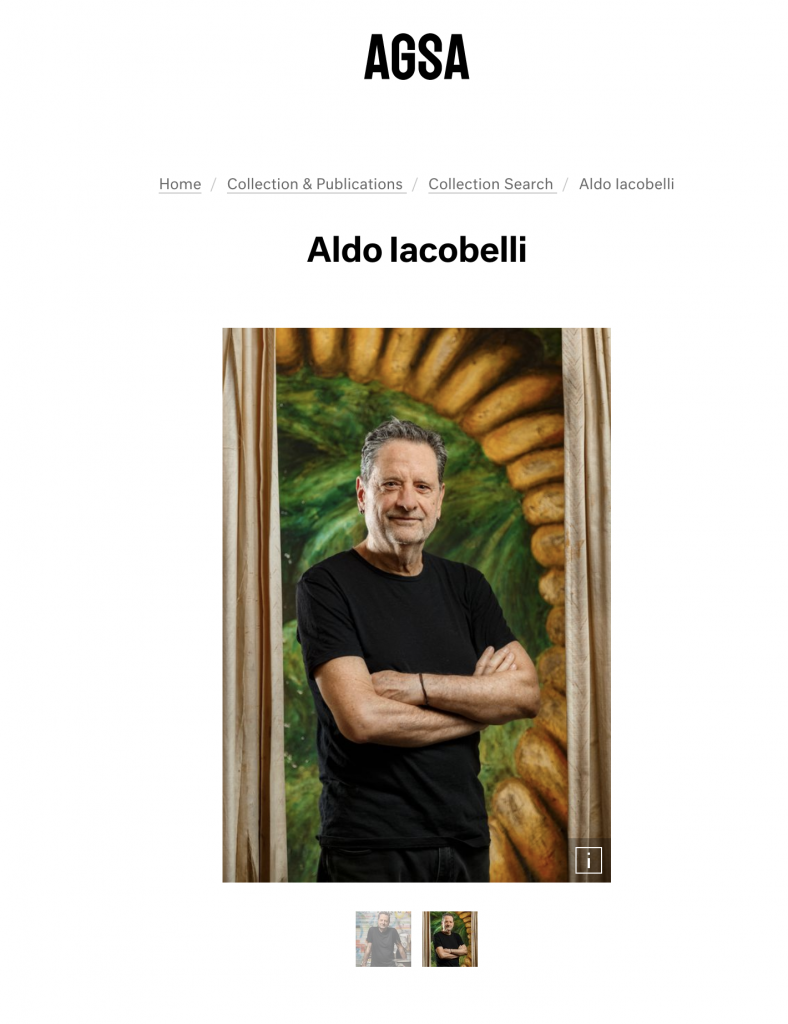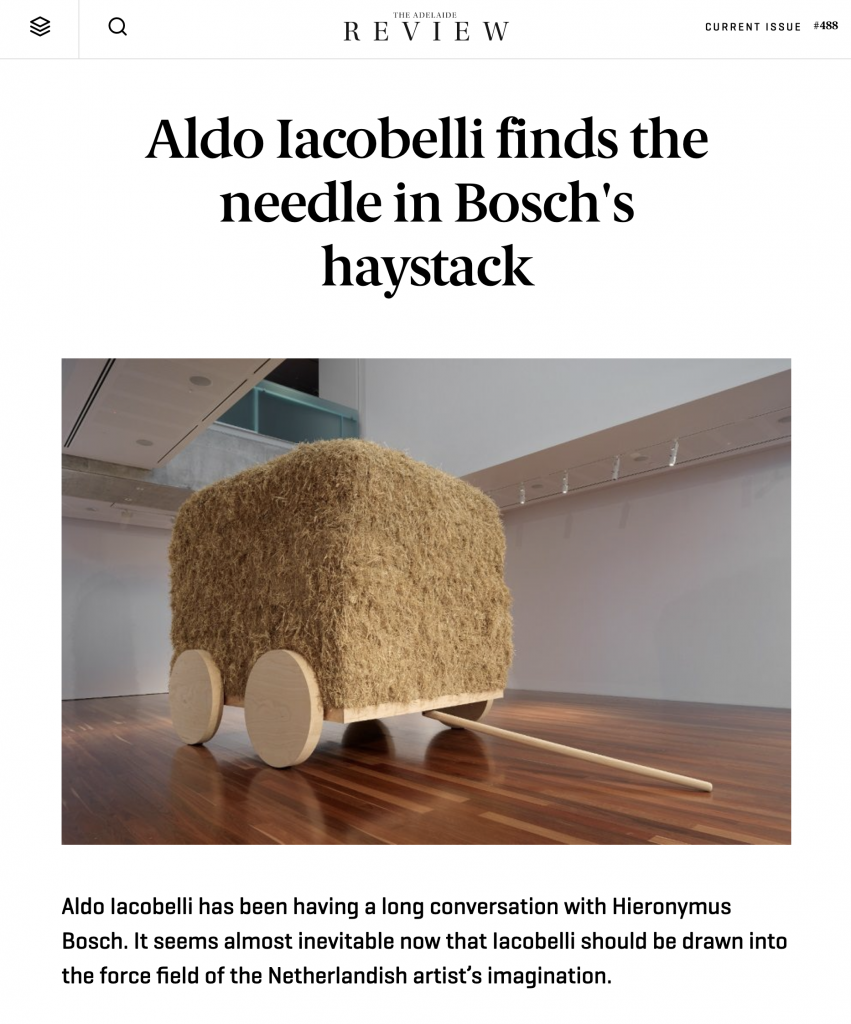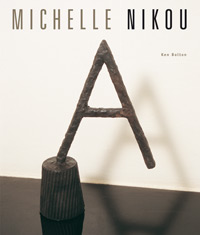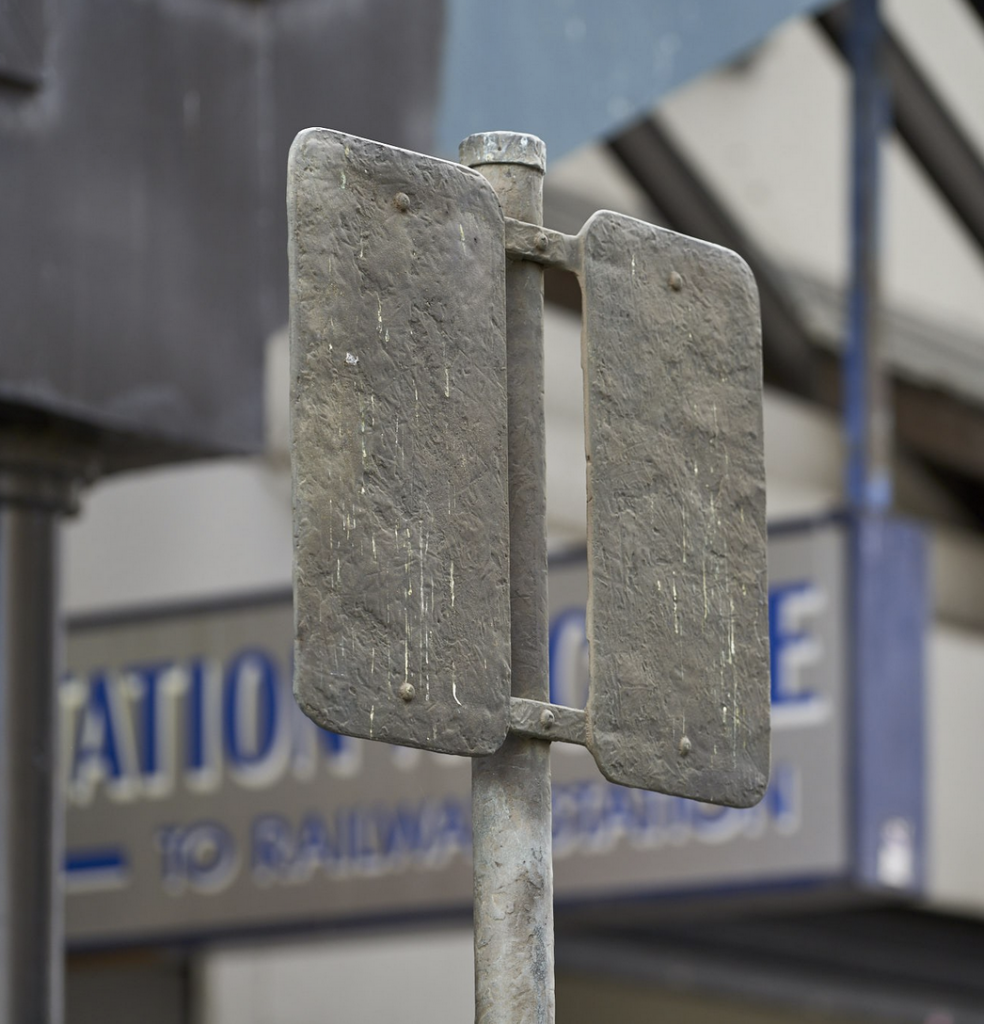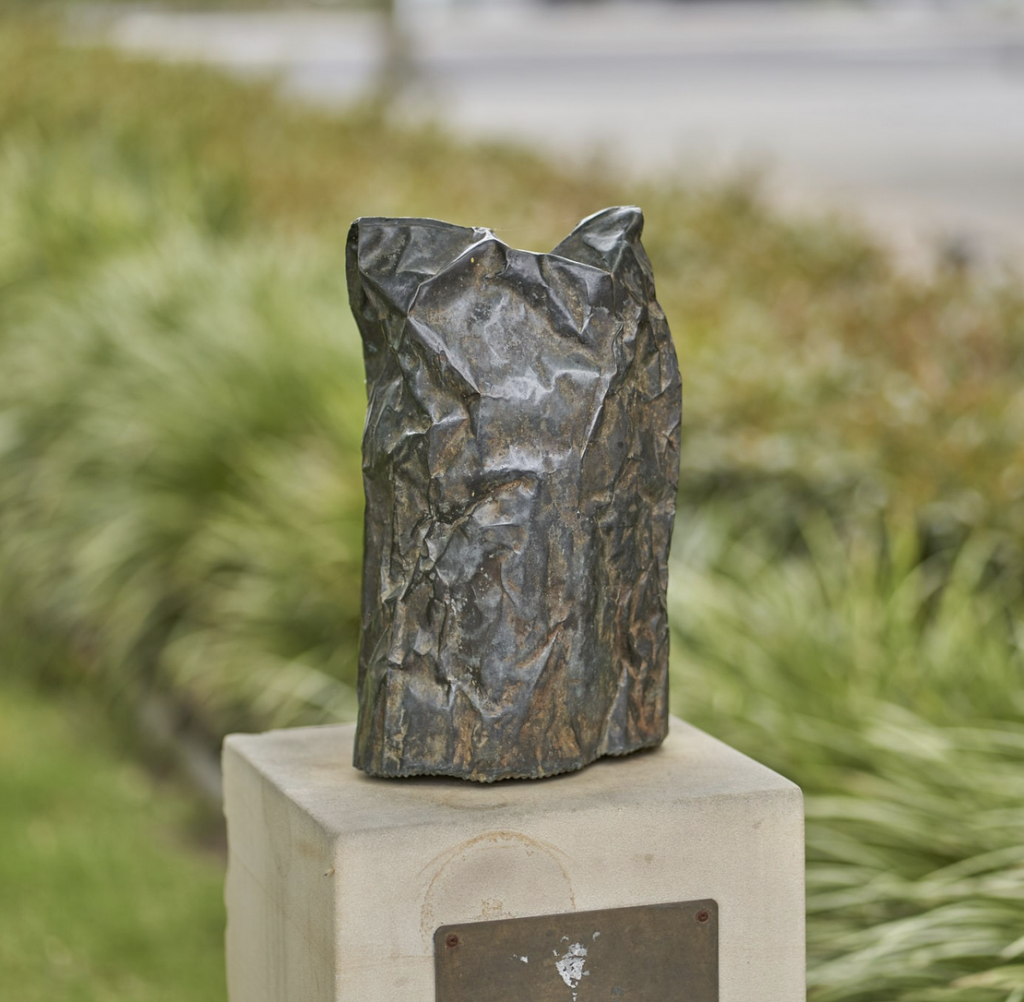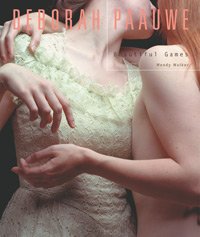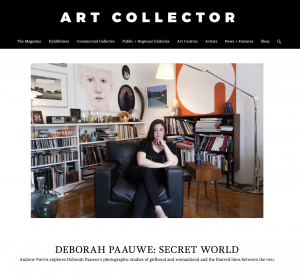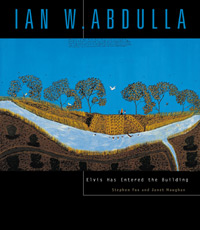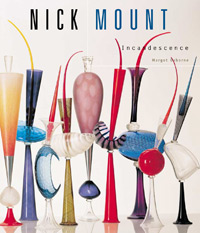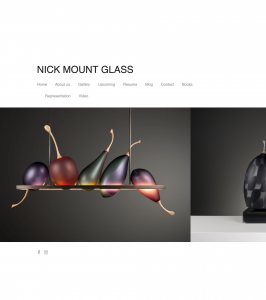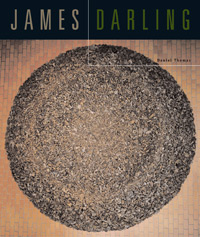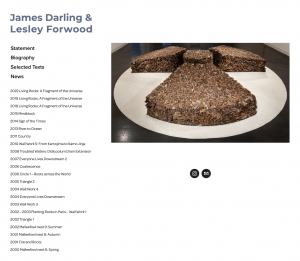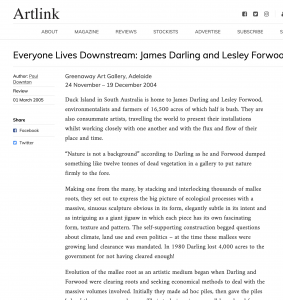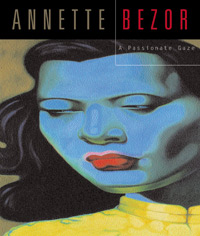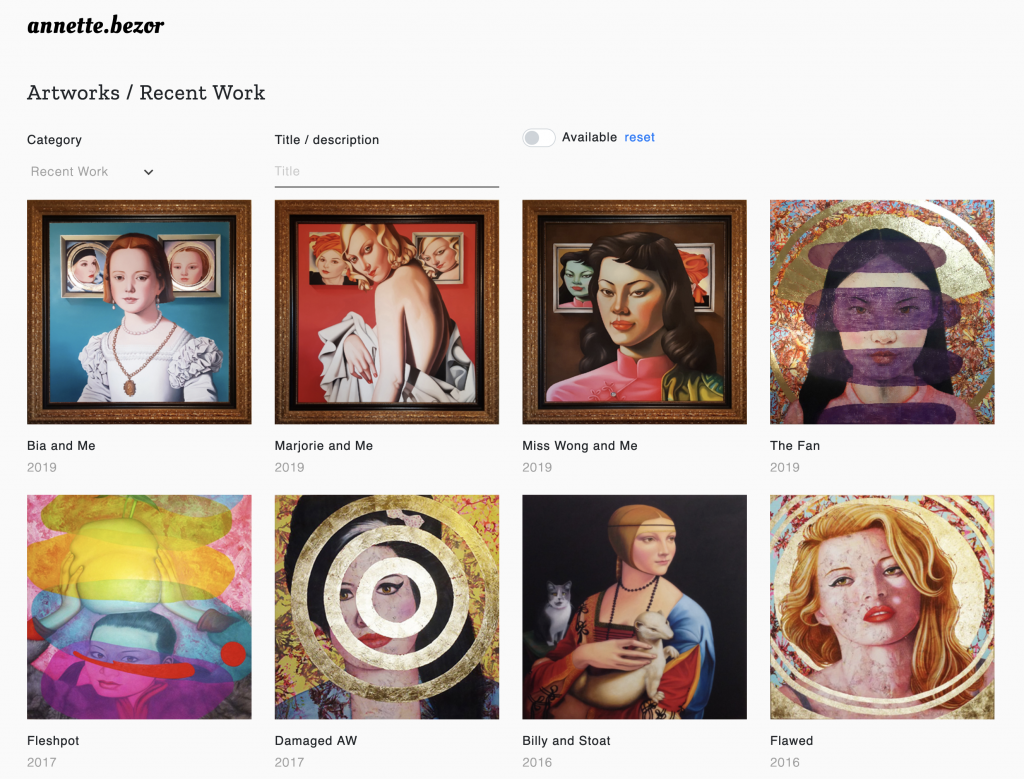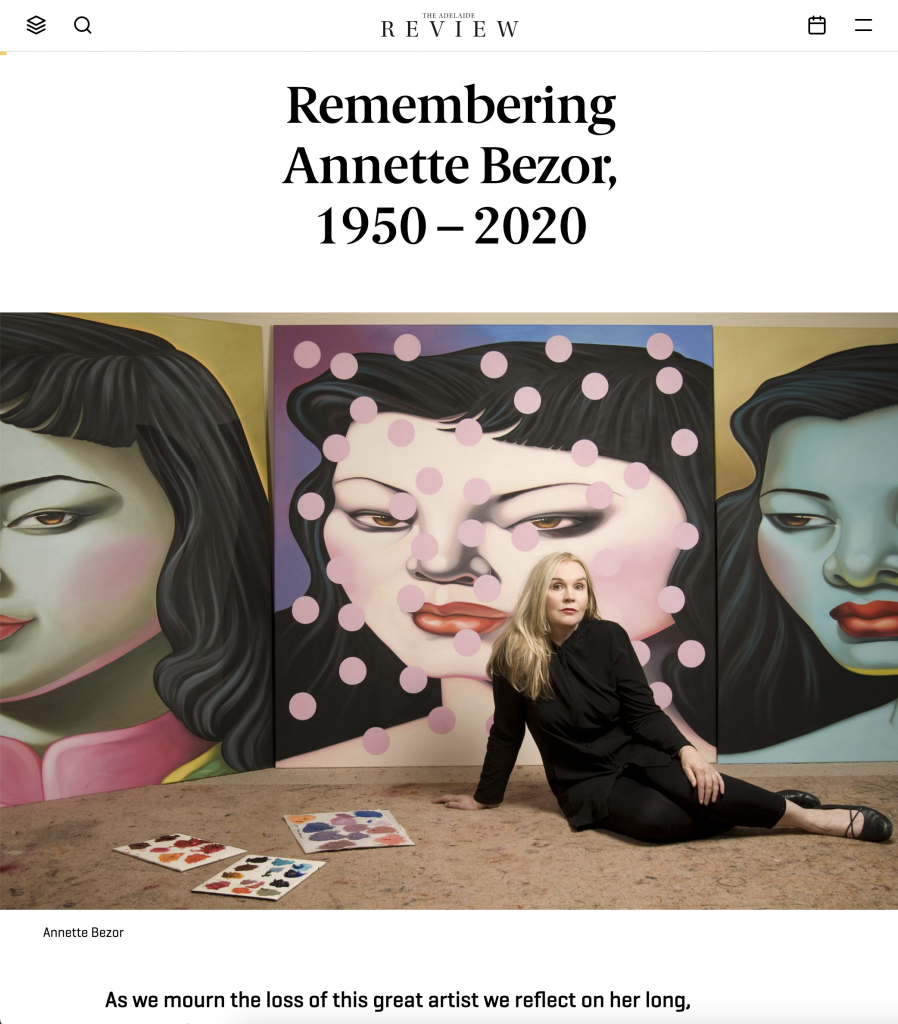SALA Feature Artist Archive
Every year, an established South Australian artist is celebrated as the SALA Feature Artist.
This artist’s work features on the SALA poster and printed program, and is exhibited during the SALA Festival.
The selection of this artist is tied to the outcome of the South Australian Living Artist Publication – the successful recipient becomes the SALA Feature Artist. The publication is produced by Wakefield Press and is intended to profile the work of an established South Australian visual artist with a track record of achievement in their area of practice.
Read on for our archive of SALA Feature Artists past! Some smaller thumbnails are clickable links to interviews, articles, etc.
Every year, an established South Australian artist is celebrated as the SALA Feature Artist. This artist’s work features on the SALA poster and printed program, and is exhibited during the SALA Festival.
Read on for our archive of SALA Feature Artists past! Some smaller thumbnails are clickable links to interviews, articles, etc.
The selection of this artist is tied to the outcome of the South Australian Living Artist Publication – the successful recipient becomes the SALA Feature Artist. The publication is produced by Wakefield Press and is intended to profile the work of an established South Australian visual artist with a track record of achievement in their area of practice.
2023
Helen Fuller
2023
Helen Fuller is a multi-disciplinary South Australian artist whose practice includes painting, ceramics, sculpture, photography and installation. A prolific artist and cherished member of the South Australian artistic community, her career began in 1978 where she studied fine art at the Torrens College of Advanced Education (now the University of South Australia). In 1994 Fuller completed a Masters of Visual Arts at the University of South Australia. In 2009 she began pottery classes, making her first pinch pots. Since that time, she has produced a large body of hand-built terracotta forms. Her painterly approach to surface decoration draws on her painting practice.
During SALA Festival 2023, Fuller’s work could be seen at the Art Gallery of South Australia, where a series of newly acquired works were on display. This coincided with the release of the South Australian Living Artist Publication, a book celebrating her career. She also held an exhibition, ‘Shedding‘, at Adelaide Central Gallery following the SALA Festival.
2022
Mark Valenzuela
2022
Mark Valenzuela is an Adelaide-based artist who works between Australia and the Philippines. His practice spans ceramics, installation, painting, drawing, sculpture, video, assemblage and street art. Influenced by experiences growing up in army base camps throughout the southern Philippines, Mark’s work frequently combines the personal with the political, with themes of territoriality, conflict and power permeating the work.
During SALA Festival 2022, Valenzuela’s work could be seen at the Art Gallery of South Australia, and in Still Tied to a Tree at Adelaide Central Gallery. He also gave a talk at Adelaide Central School of Art which you can listen to here.
2021
Roy Ananda
2021
Roy Ananda is a South Australian visual artist, writer, and educator practicing on Kaurna Country (Tarndanya/Adelaide Plains). His work spans sculpture, installation, drawing, print media, collage, text, sound, video, and performance.
His work celebrates popular culture, play, process, and the very act of making. From sculptures that reference cartoonish conventions (as Untitled reminds us of Bugs Bunny’s heart beating out of his chest) and clever annotations, to a large-scale transposition of a Dungeons & Dragons map and process-based works that seem to expand out in front of you; there is something for everyone in Ananda’s catalogue.
During SALA Festival 2021, Ananda’s work could be seen in Further Annotations at the Art Gallery of South Australia, and Supreme Library at Adelaide Central Gallery.
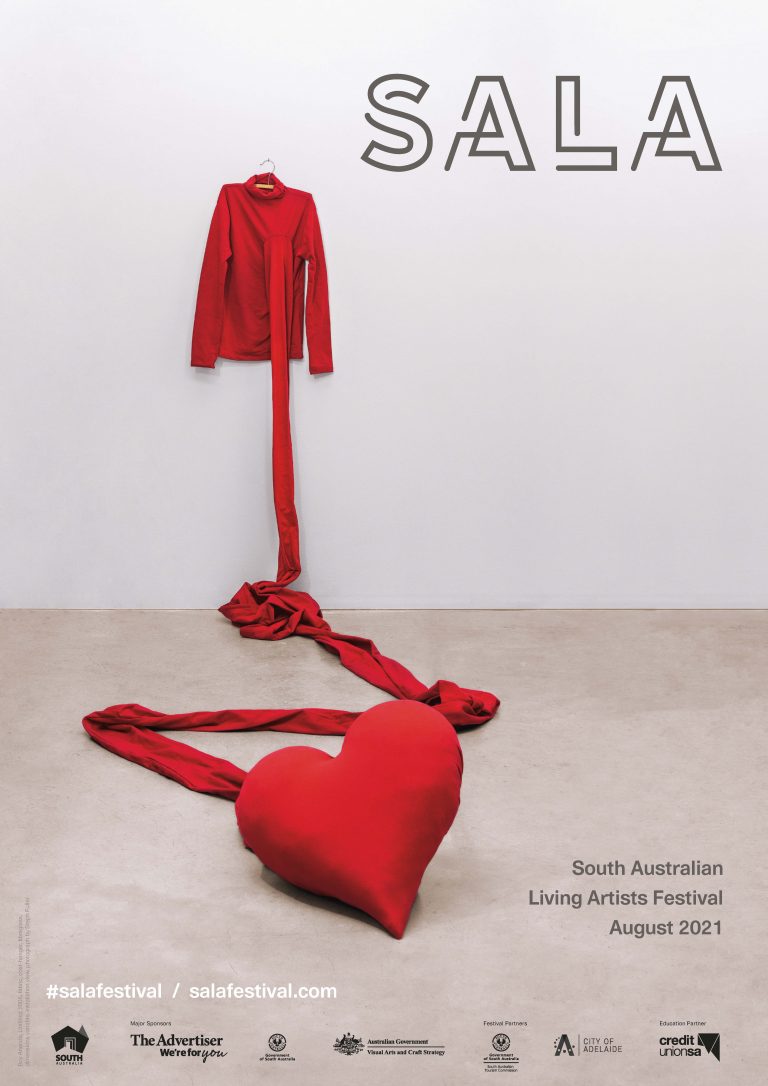
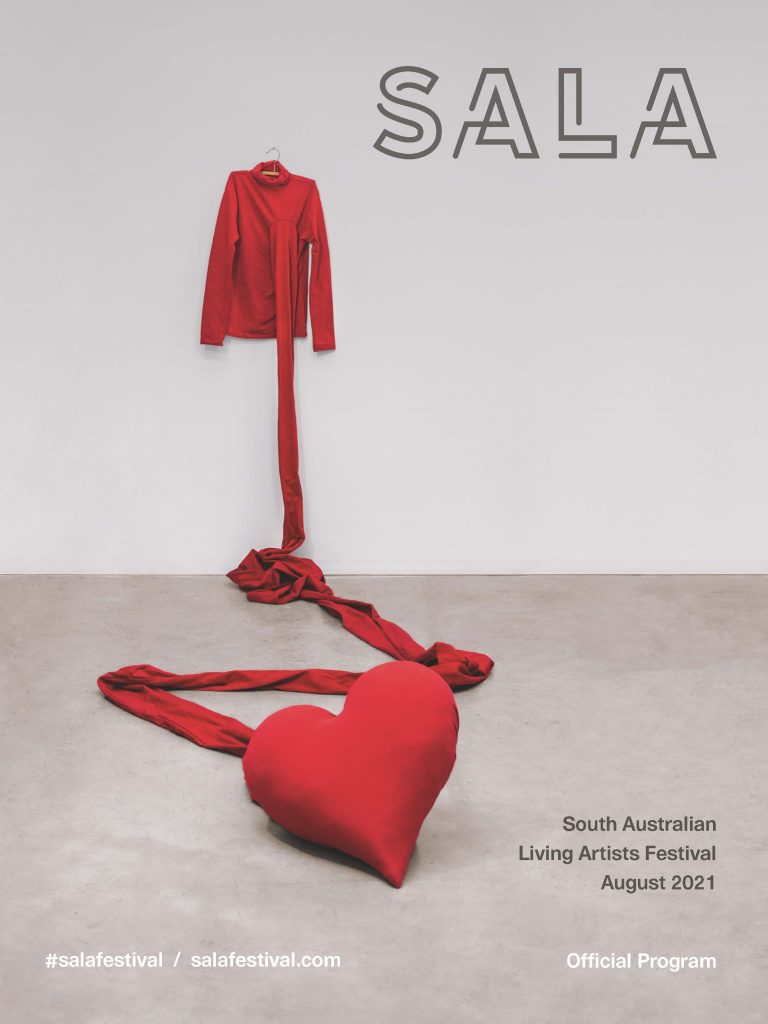
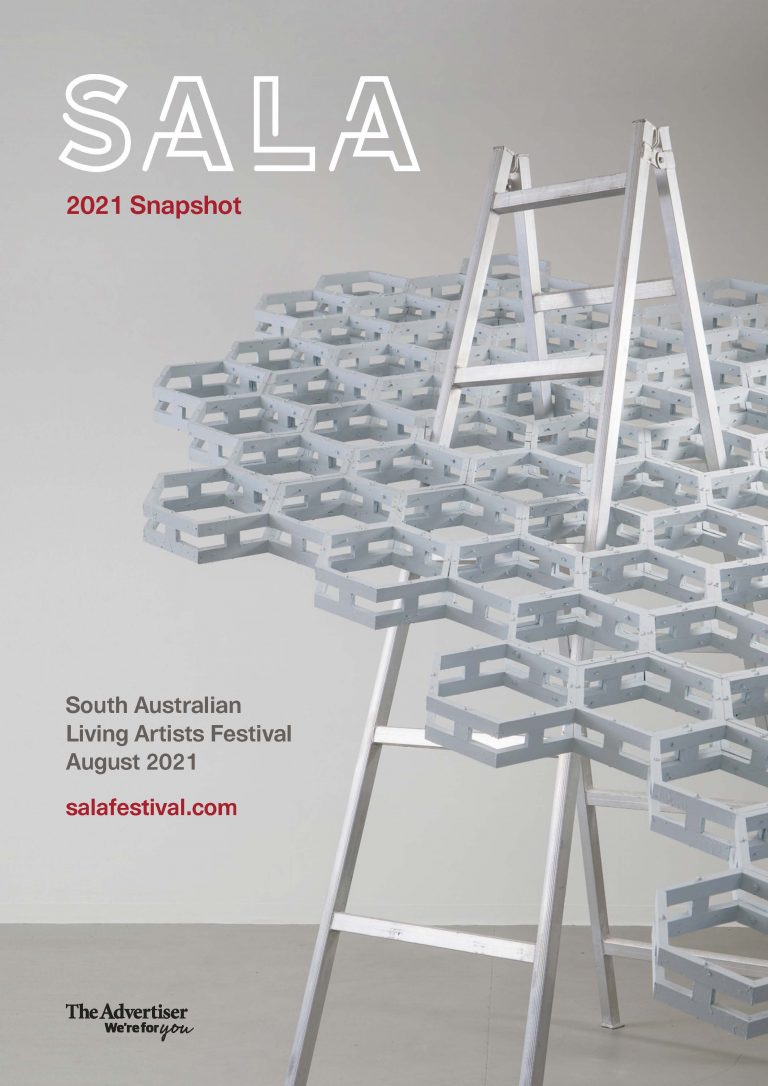
2020
Kirsten Coelho
2020
Kirsten Coelho is a South Australian ceramicist.
Her work was featured in ‘Kirsten Coelho: Ithaca’ at the SAMSTAG Museum of Art as part of the 2020 SALA Festival.
2019
Louise Haselton
2019
Louise Haselton is a South Australian artist working with sculpture and installation.
Her work was featured in ‘like cures like’ at the SAMSTAG Museum of Art as part of the 2019 SALA Festival.
2018
Clare Belfrage
2018
Clare Belfrage is a South Australian artist working with glass and has done so for over 30 years. In 2018 Clare’s work was exhibited at the JamFactory in Clare Belfrage: a Measure of Time.
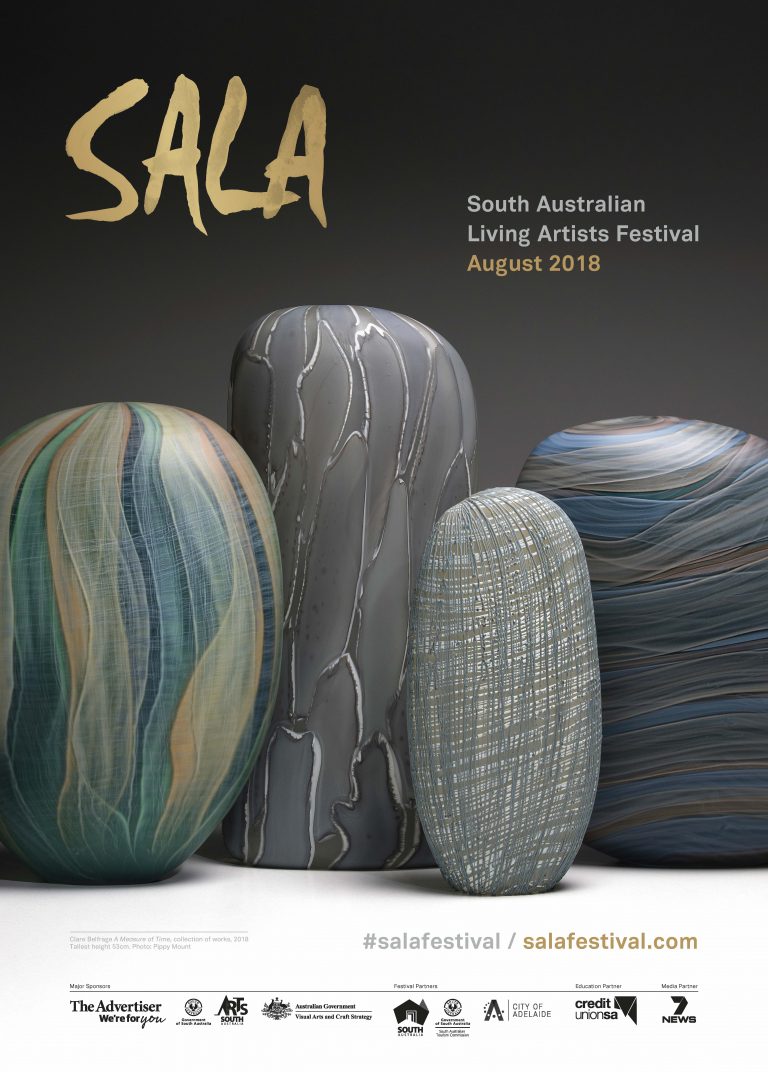
2017
Christopher Orchard
2017
A multi award-winning artist and former head of drawing at Adelaide Central School of Art, Orchard is one of Australia’s leading exponents of the drawn image with a career spanning more than four decades.
A founding member of Central Studios Adelaide in 1982, Orchard has held more than 60 solo and group exhibitions throughout Australia, UK and the USA including at the Art Gallery of SA and Festival Centre, the International Art Fair in London, the Australian Embassy in Washington DC and Stephen Rosenberg Fine Art in New York, where he maintains a studio presence.
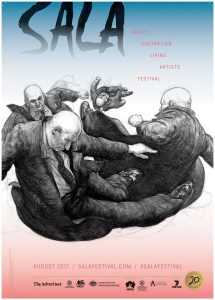
2016
Catherine Truman
2016
Catherine Truman is an established artist working across the disciplines of art and science. She is co-founder and current partner of Gray Street Workshop- an internationally renowned artist-run workshop established in 1985 in Adelaide, South Australia, where she currently works and lives.
Truman’s practice is renowned for its diversity and incorporates contemporary jewellery, objects, digital image and film installation with a focus upon the parallels between artistic process and scientific method.
You may be familiar with her work The Slate-Pool Walkway (better-known as the ‘fish gates’) at the Art Gallery of South Australia, or the giant leaves adorning the David Jones building on North Terrace.
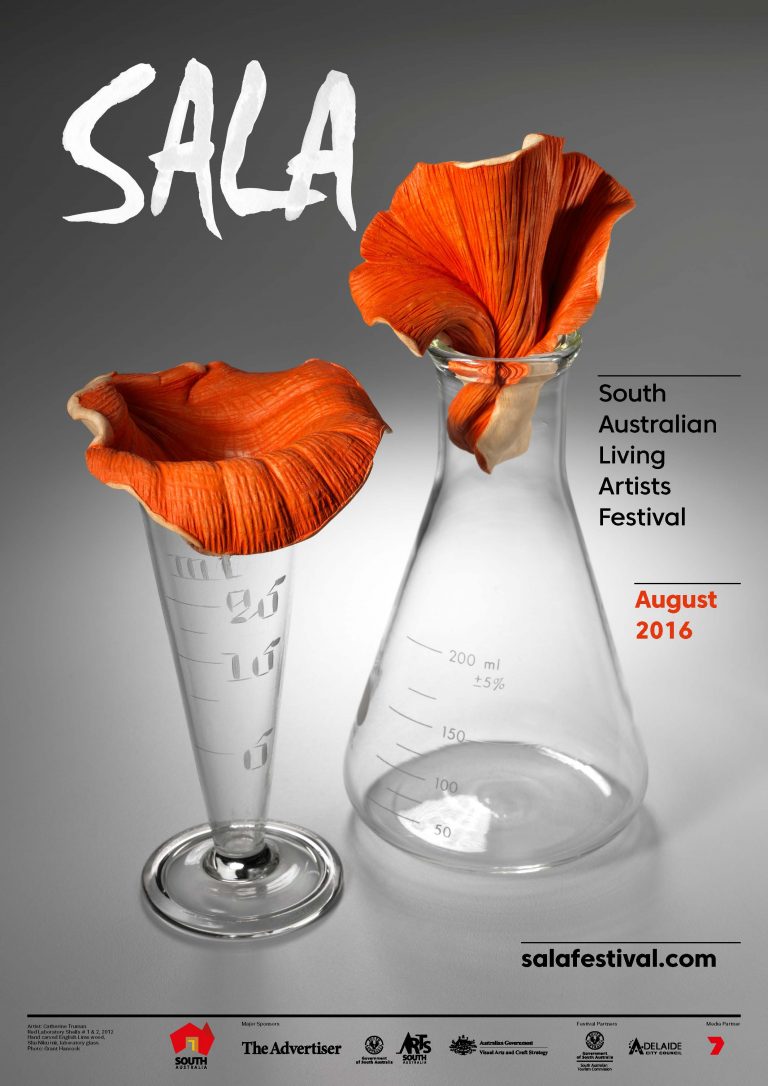
2015
Giles Bettison
2015
Giles Bettison has become one of Australia’s most dominant and recognised glass artists. His work is unique, combining old and new technology to invite a subtle contemplation of the environment in country South Australia, which inspires him.
He has evolved the ancient Venetian technique called “Murrini” or mosaic glass to construct patterned sheets from colored glass canes. He cuts and combines these sheets to build his luminous vessels piece by piece and is known world wide for his pioneering efforts using this technique. [source]
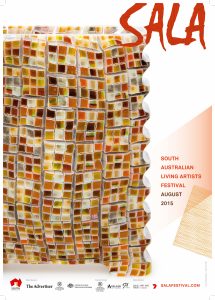
2014
Nicholas Folland
2014
The common thread within Nicholas Folland’s work, apart from its employment of readymade household items, is a focus on projecting beyond the boundaries and banality of everyday existence. The familiar and nostalgic materials he uses trigger a desire for another place in another time. His work is not overtly narrative or specific in the way that it communicates. Through subtle intervention and uncanny manipulation, preconceived notions are collapsed, prompting the viewer to reconsider their relationship to the world, both immediate and distant. [source]
Nicholas Folland’s work was featured in three exhibitions in SALA 2014:
The Extreme Climate of Nicholas Folland at The Art Gallery of South Australia
The Microscope Project at Flinders University City Gallery
Touch and Go at Greenaway Gallery
2013
Stephen Bowers
2013
Stephen Bowers is a ceramicist who lives and works in Adelaide.
Initially from Sydney, Bowers became involved in ceramics in the late 1970s when looking for a challenge while teaching in a country town in South Australia. He did a traineeship in the Jam Factory’s ceramic workshop in Adelaide in 1982, and spent the next five years as an art teacher during the day and a potter at night.
In 1990, Bowers became head of the ceramics workshop at the Jam Factory, maintaining his own practice of painting on vessels and also contributing to some large public art projects including a commemorative birdbath in a park and fittings for the ceiling in an inner city arcade.
His work is almost always functional in its form, and ranges from mugs, jugs, teapots, plates and platters that are mainly domestic in their purpose, to monumental urns and jardinieres intended for large public places. For the large items he usually collaborates with colleague Mark Heidenreich who is an expert thrower of large pots.
In 2014 he received a Churchill Fellowship to research blue and white ceramic collections in the USA, the UK, Denmark and the Netherlands. [source]
2012
Mark Kimber
2012
Mark Kimber grew up in Adelaide and gained his BA in Fine Arts at the South Australian School of Art in 1981. In 2000 he completed an MA in Fine Arts at the Chelsea School of Art in London. Mark would become the Coordinator of Photo Studies at the South Australian School of Art, University of South Australia. Mark’s work was display at Greenaway Art Gallery during the 2012 SALA Festival in a solo exhibition titled The Pale Mirror.
2011
Hossein Valamanesh
2011
Hossein Valamanesh was an Iranian-born, Australia-based artist whose poetic works commented on the struggles of immigrants.
He was born in Tehran in 1949. He studied fine art in his native city before moving to Australia in 1973 to attend the South Australia School of Art. He took his cues from Arte Povera, an Italian art movement that began in the mid-1960s and encouraged artists to use materials that were freely available. Sticks, sand, dirt, leaves, and stones found near his studio were often used in his work. Domestic objects often found in his home country of Iran, like rugs, oil lamps, and slippers, were also employed in his work about the immigrant experience. Valamanesh’s work commented on the pain and complexity of his own migration from Iran to Australia, and invoked a placeless, transcendent kind of spirituality that stemmed from his engagement with Sufism and Buddhism as well as his love of nature.
Longing, belonging (1997), one of his most famous works, is a performance, sculpture, and photography work that perhaps best epitomizes his work on the immigrant experience. He traveled into the Australian outback with the rug, built a small pyre in its center, and lit it on fire. The carpet survived, but with a blackened hole where the fire was lit. The remains of the piece, along with photographs of the performance, are currently held by the Art Gallery of New South Wales. [source]
2010
Khai Liew
2010
Khai Liew draws on his expert knowledge of Australian historical decorative arts and on his cultivated design language to produce useful, meaningful and delightful work that speaks of its time, place, people and culture. As such he occupies a unique place in Australian contemporary design. Liew is widely recognised for his dedicated contribution to the development of a modernist Australian design aesthetic.
2009
Angela Valamanesh
2009
Angela Valamanesh is a leading Australian ceramist, born in Port Pirie, South Australia in 1953. A graduate of South Australian School of Art in 1977 her practice primarily involved ceramics. In 1993 she completed an MA in Visual Arts at University of South Australia and a PhD in 2011. She was awarded an Anne & Gordon Samstag International Visual Art Scholarship with a one year residency at Glasgow School of Art in 1996.
Her practice has broadened to include a wider range of media and a number of collaborative public works with Hossein Valamanesh such as 14 pieces, 2005, North Terrace, Adelaide.
As an artist, Valamanesh is known for her intricate ceramic works but she also makes work on paper, board and mixed media. Recent works consist of simple forms that make links between plant, human and animal. For Valamanesh, inspiration comes from the diversity seen in nature. Simultaneously, her in-depth research of such forms reveal similarities in patterns that allow her to create work that offers insight into the natural world. The works that she creates are familiar, yet not completely recognisable. [source]
2008
Gerry Wedd
2008
Gerry Wedd has been making ceramic work for four decades, spanning functional domestic wares to large installation works. As a young artist and surfer, he was noticed by Mambo and created designs for the surfwear brand for many years. His work is imbued with humour, surf culture, popular culture, songs, and social commentary.
2007
Julie Blyfield
2007
Julie Blyfield is a South Australian artist renowned for her work inspired by collected botanical specimens and forms. Using the traditional metalsmithing techniques of chasing and repoussé, Blyfield creates intricately textured pieces, which capture the essence of the Australian natural landscape. [source]
2006
Aldo Iacobelli
2006
Aldo Iacobelli (b.1950, Naples) is an Italian-born artist who currently lives and works in Adelaide. Iacobelli’s distinctive practice spans four decades, with time spent living between Australia and Valencia, Spain. Iacobelli is an accomplished painter, draughtsperson, ceramicist and sculptor and he regularly creates work that integrates these diverse media within installations. Iacobelli’s work is introspective and poetic; often exploring the social-political implications of ritual, narrative and memory. [source]
2005
Michelle Nikou
2005
Michelle Nikou is a sculptor who uses a wide range of materials including lead, bronze, resin and ceramics. Her work conveys universal themes with a candid, wry sense of humour and an unconventional aesthetic. Preferring manual techniques to a more industrial approach, Nikou uses traditional processes of metal casting in materials such as lead, bronze, tin and aluminium. Yet unlike the traditional pour/cut/polish method of much sculptural work, Nikou’s casting process is left evident along with much of the plaster. [source]
2004
Deborah Paauwe
2004
Deborah Paauwe is a photographic artist who first exhibited at Greenaway Art Gallery in Adelaide in 1992.
“Deborah Paauwe’s arresting photographs possess a curious, sometimes troubling quality of uncertainty and ambivalence. Throughout her almost 20-year practice, Paauwe has focused on socially- constructed ideas of female identity and the slippery ambiguity that exists at the threshold of adolescence, between what it means to be a girl and what it means to be a woman.” – Andrew Purvis in Art collector, 2018
2003
Ian W. Abdulla
2003
Ian Abdulla’s paintings vividly recall his childhood memories of the peripatetic life of the Ngarrindjeri people of the Riverland region in rural South Australia. A hallmark of his work is the juxtaposition of text and image against a flattened foreground, in the manner of an animated narrative. Abdulla’s handpainted annotations are placed dead centre at the top of his paintings, bringing a personal inflection to his stories. [source]
2002
Nick Mount
2002
Nick Mount is a leading glass artist who has been active and influential in the studio glass movement in Australia since the early 1970s.
2001
James Darling
2001
An active writer and advocate for better land management, Darling’s fame as an installation artist began with his Mallee Fowl Nest series in which carefully concocted piles of interlocking mallee roots replicated the scale and form of those remarkable artefacts of avian habitat [source]. More recent works include Living Rocks: A Fragment of the Universe created with collaborator Lesley Forwood, which was selected for the 2019 Venice Biennale.
2000
Annette Bezor
2000
Annette Bezor graduated from the South Australian School of Art in the late 70s, and went on to established herself as one of Australia’s foremost painters.
Bezor established herself not as a feminist artist but rather an artist concerned with the feminine. She was interested in the objectification of the female form and society’s attitudes to women and how they are represented in art and popular culture. She began portraying women from classical painting, contemporary decorative art and popular culture, recreating them as stylised icons to reveal and subvert the power and impact of the originals.
Her career-long interest and exploration in this area garnered much praise and recognition. The director of Hill Smith Gallery, Margo Hill-Smith, says: “Seldom in Australian art history has a female painter been so focused and consistent in her long-term exploration of the ageless question of the portrayal of female beauty and femininity. Bezor’s paintings ask us to question how we see women and women’s roles in both the private and public realm.” [source]

